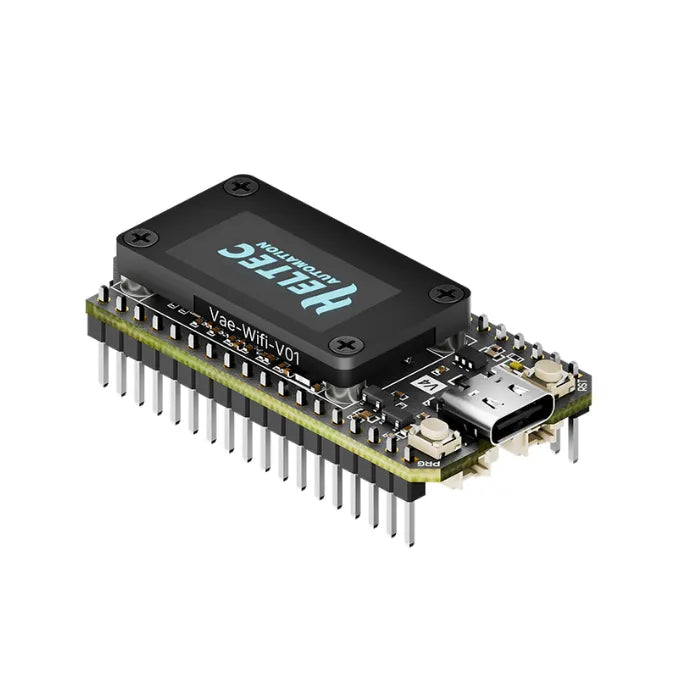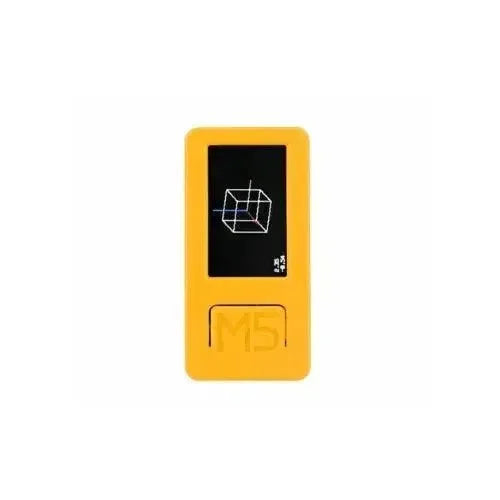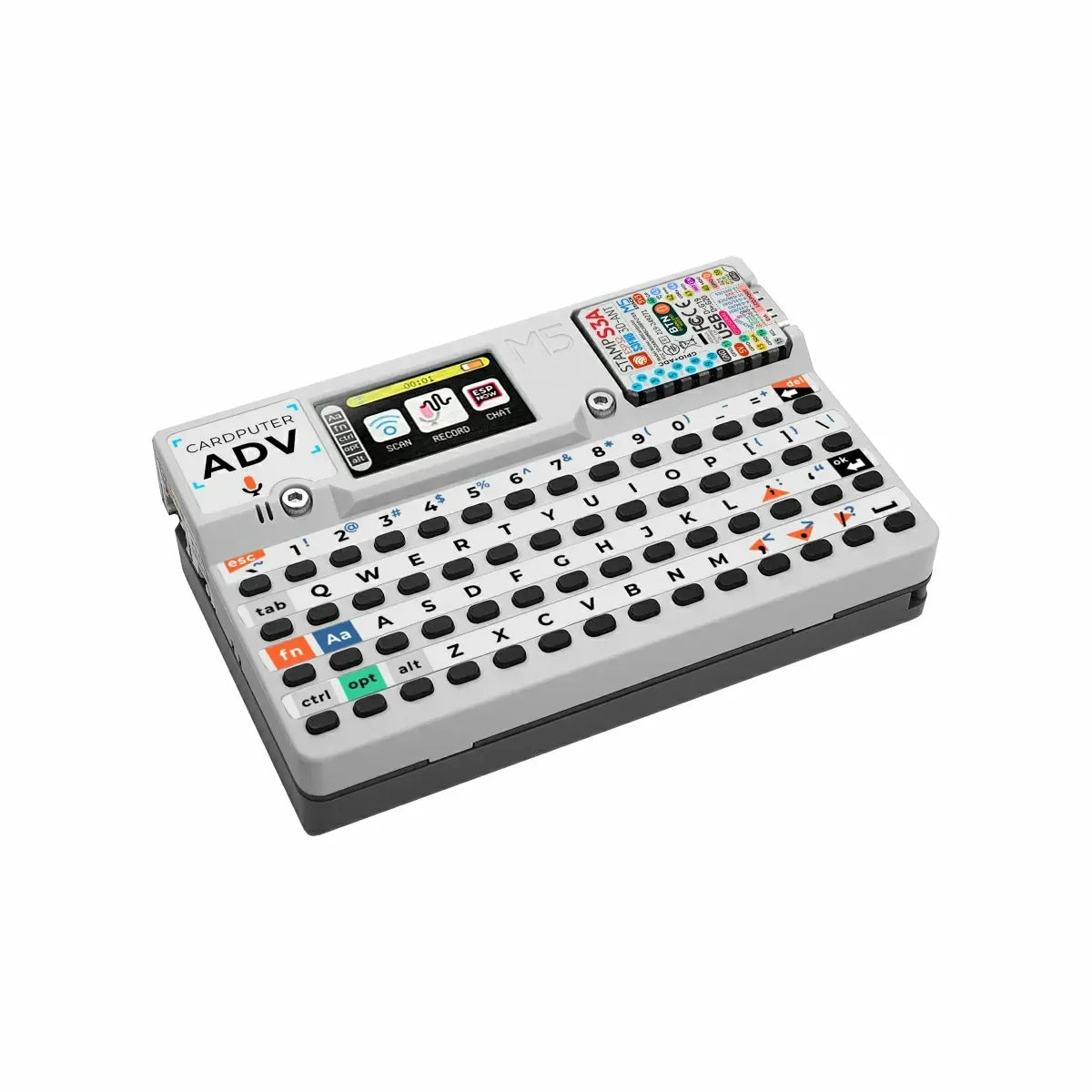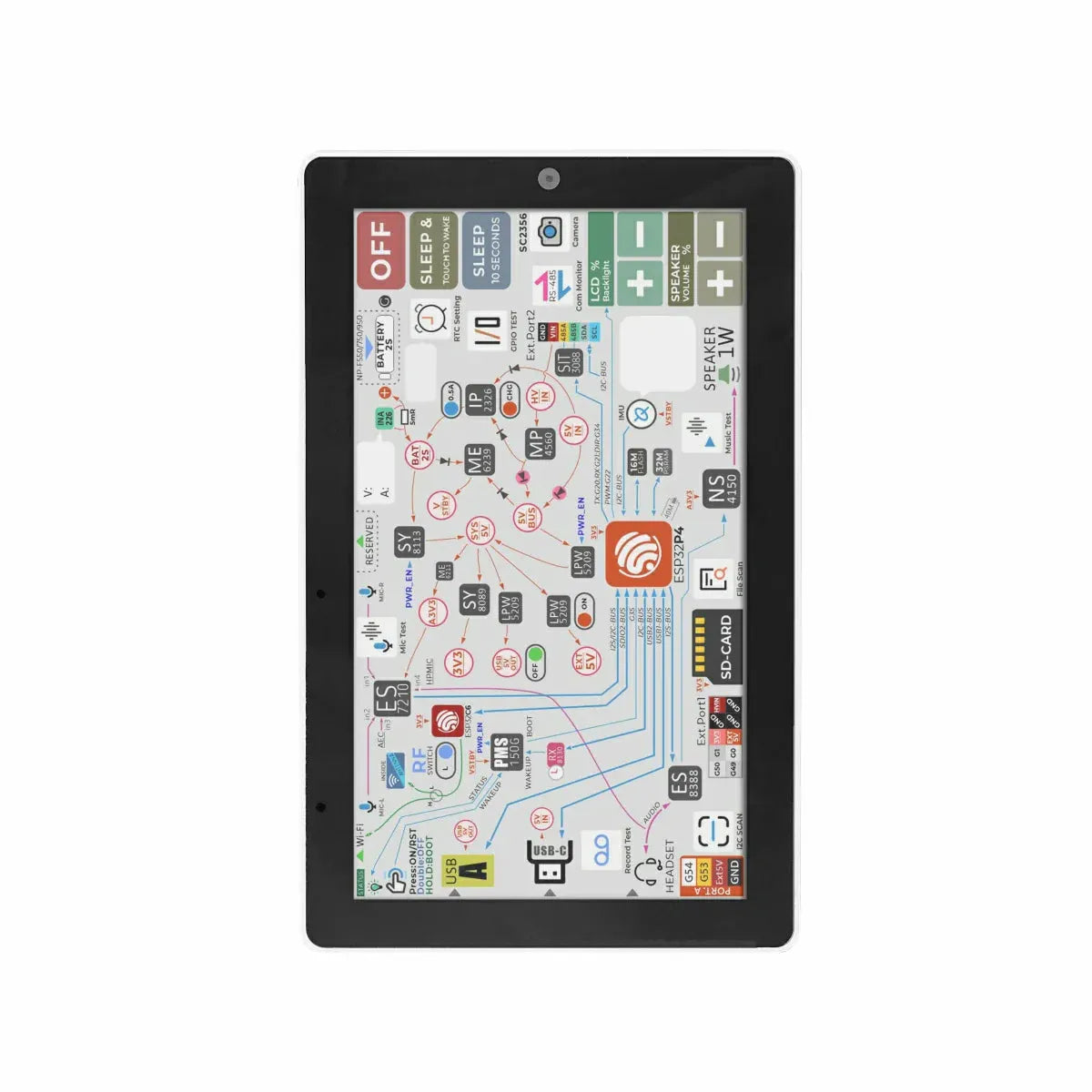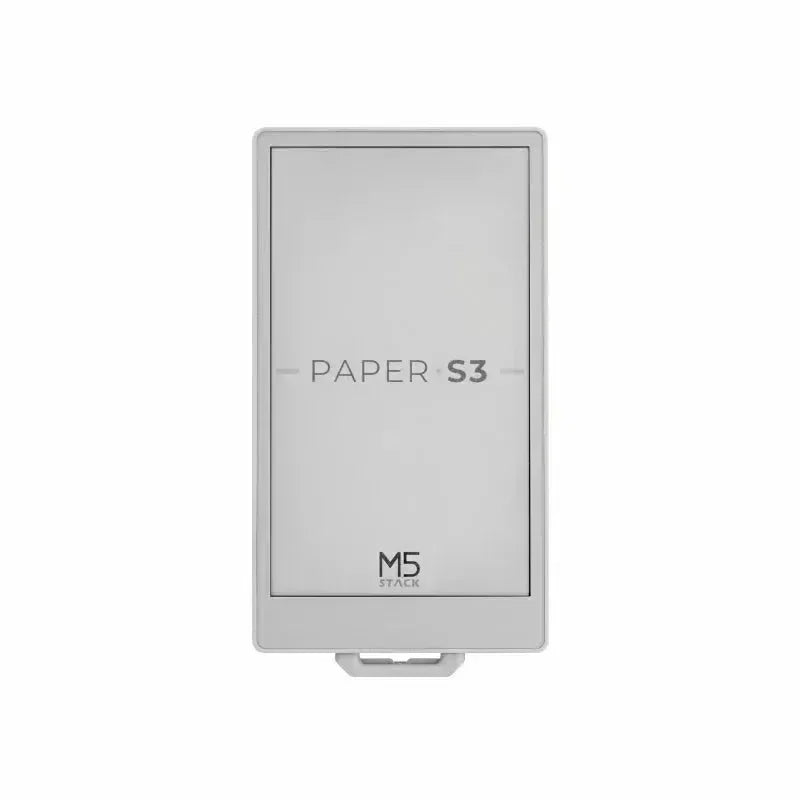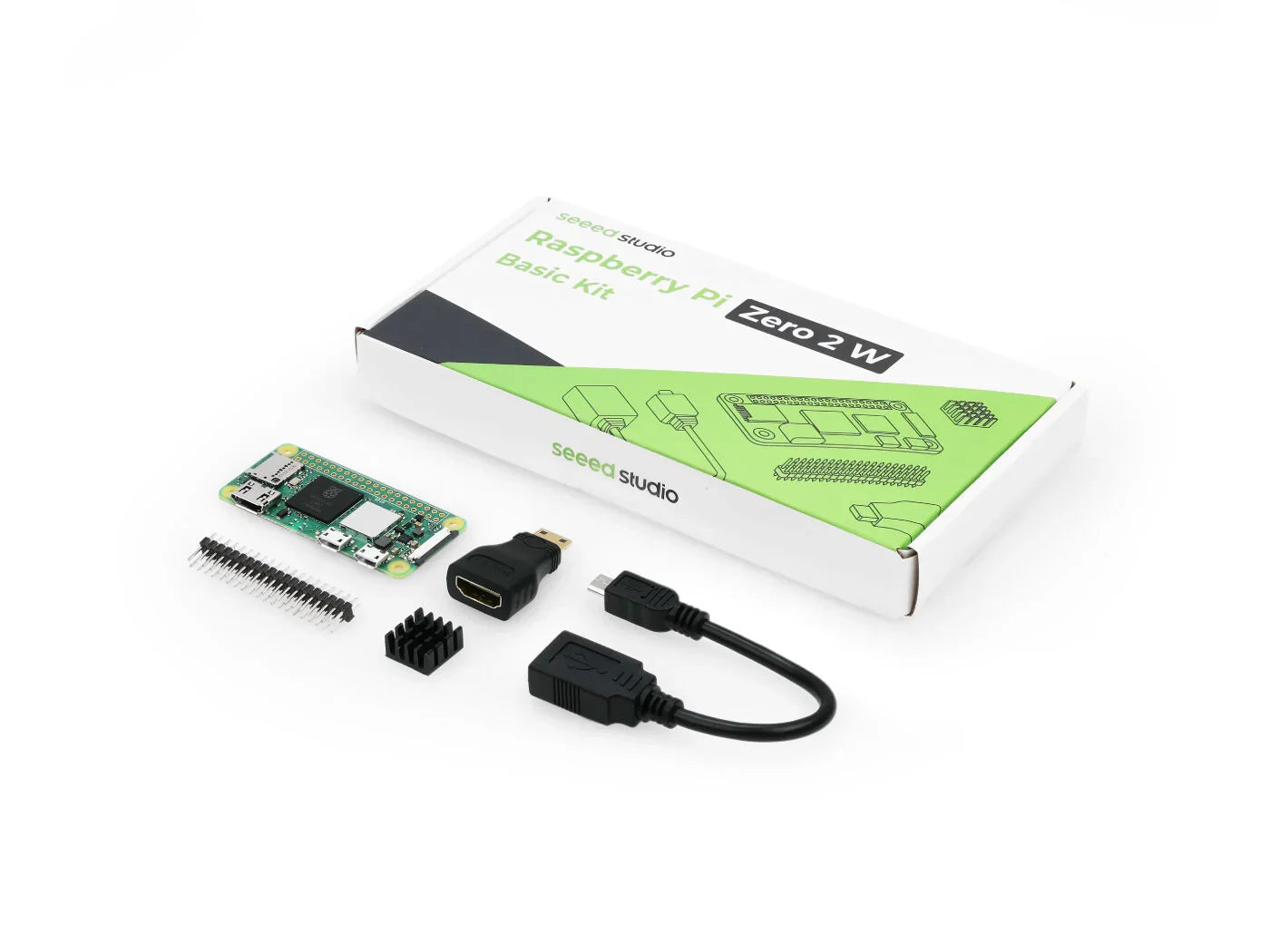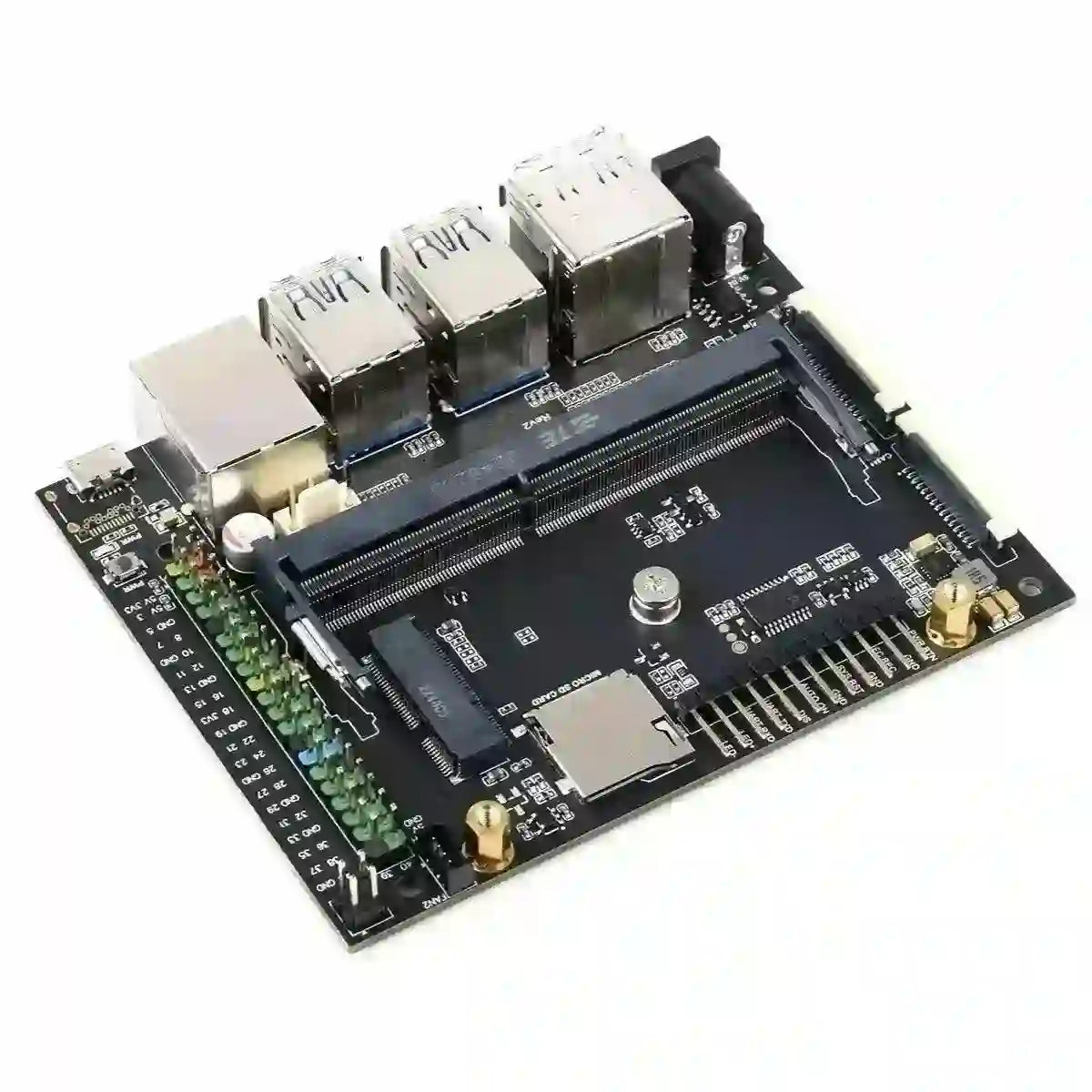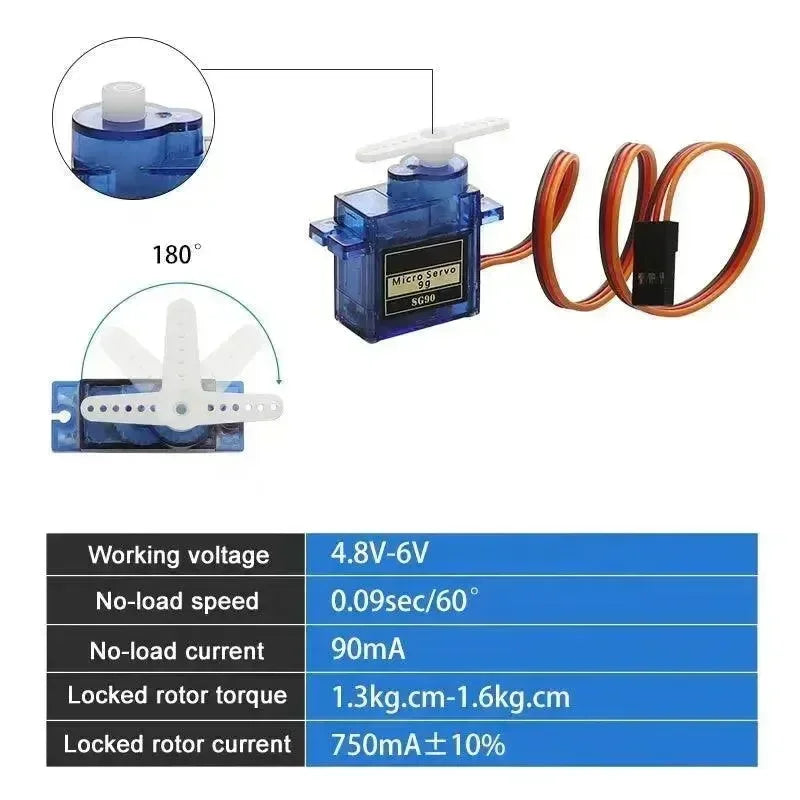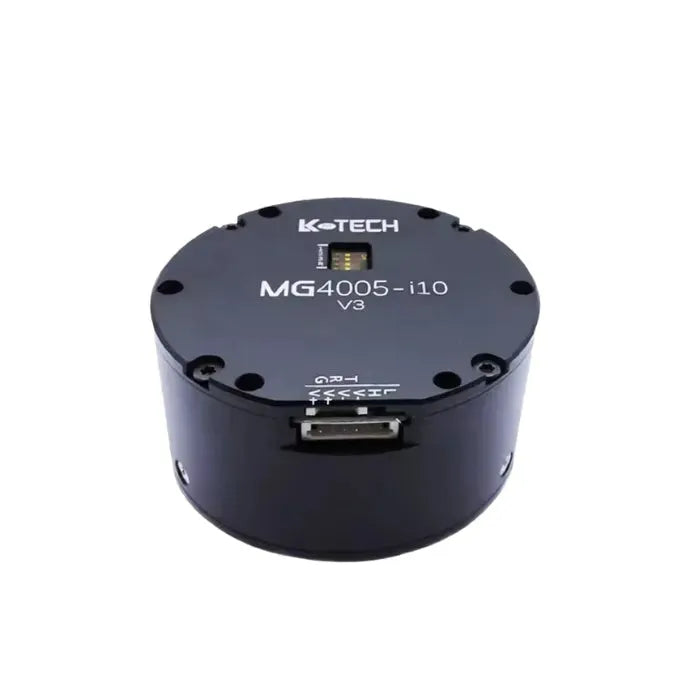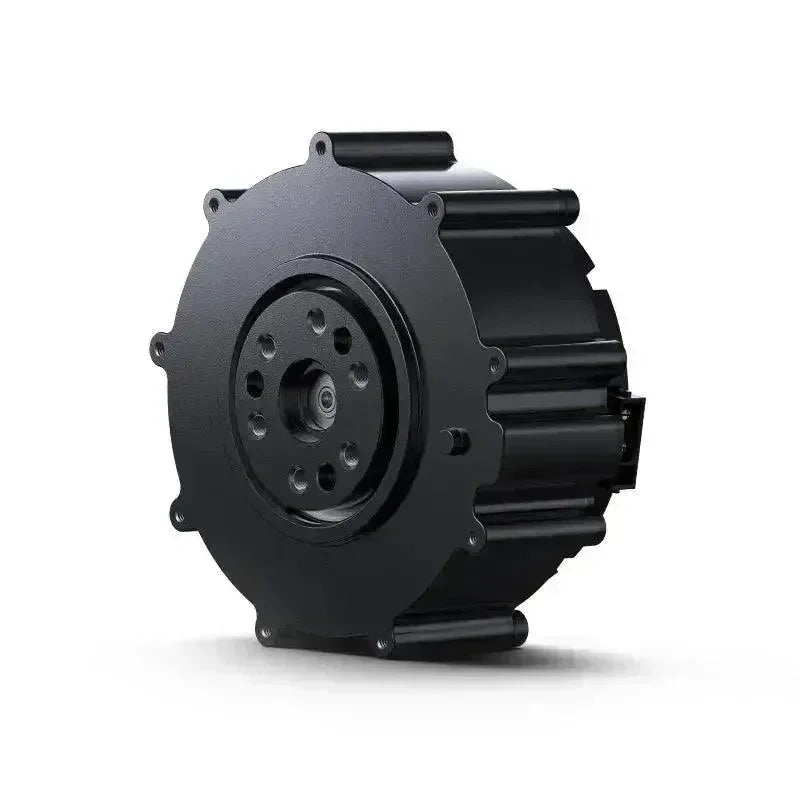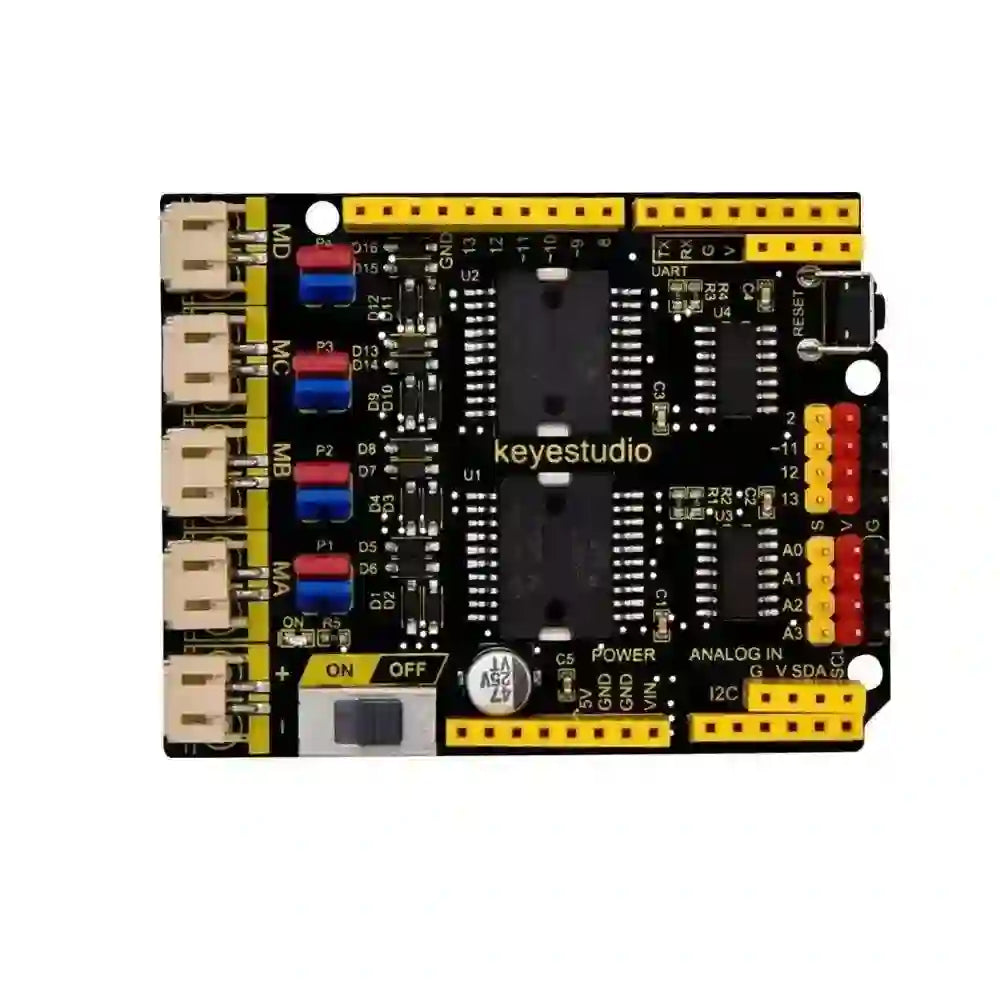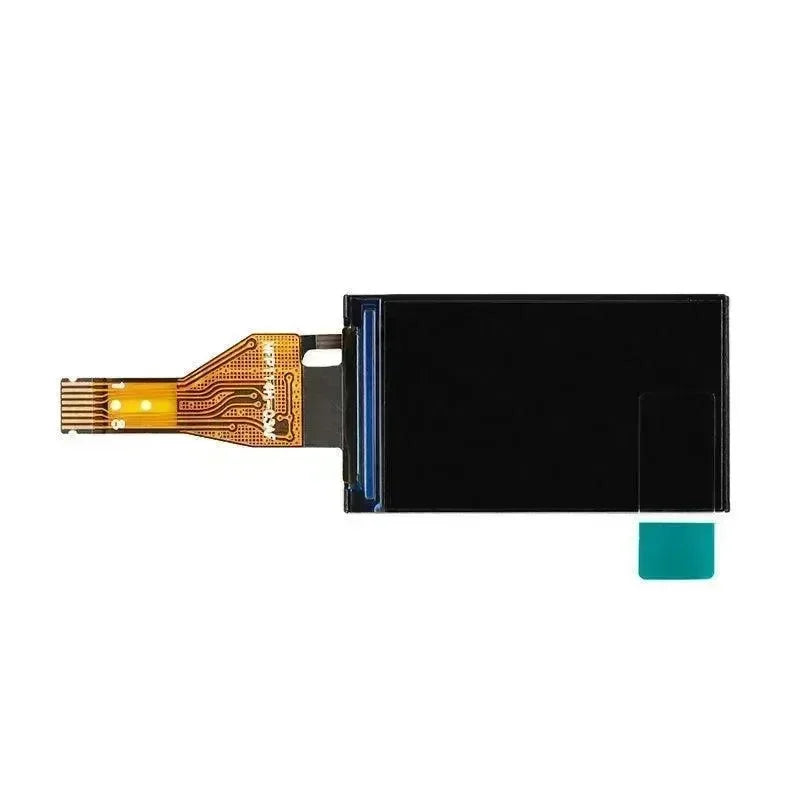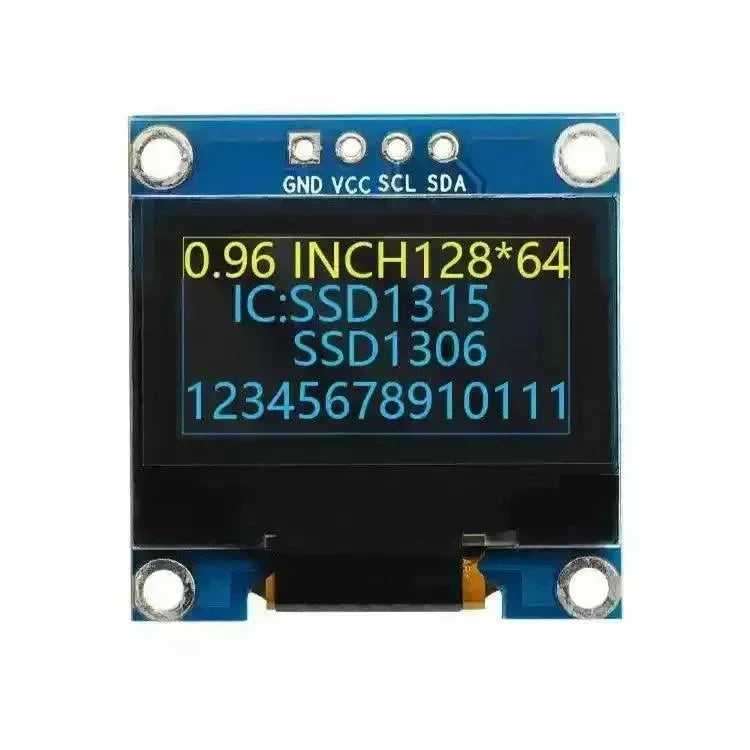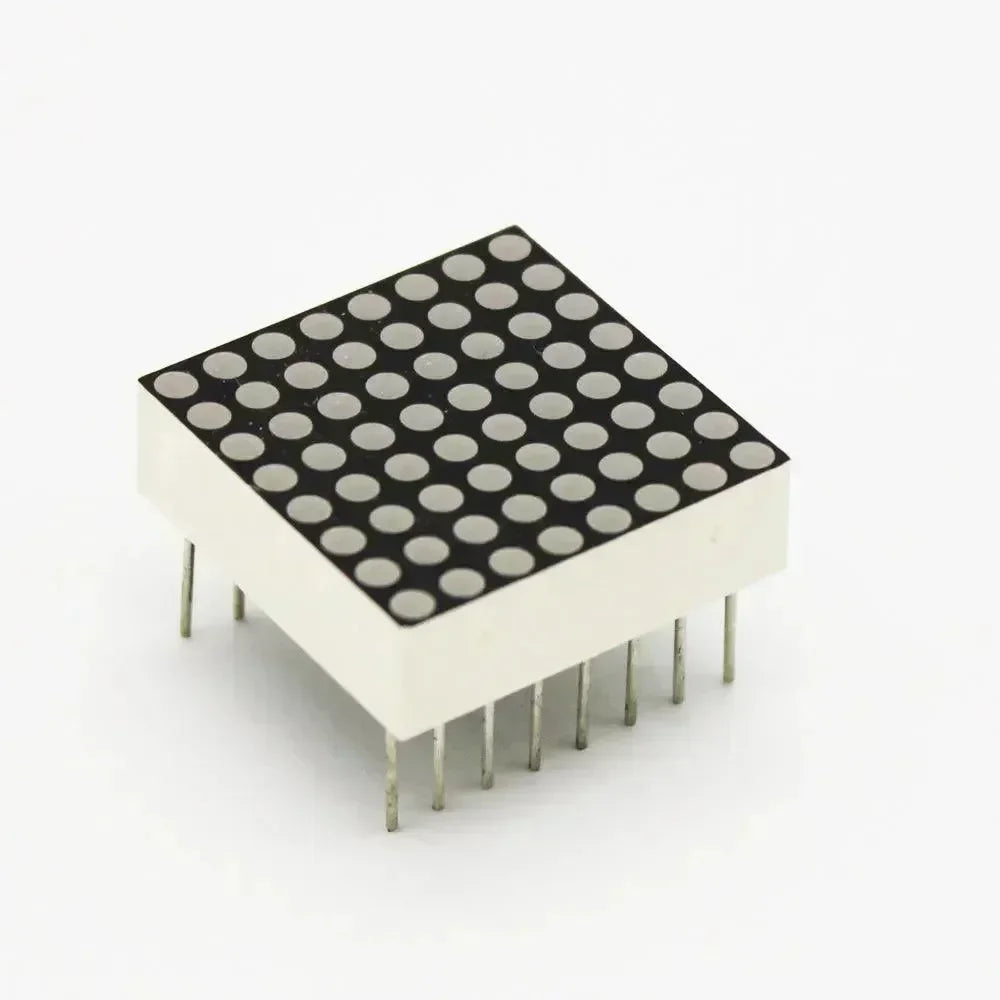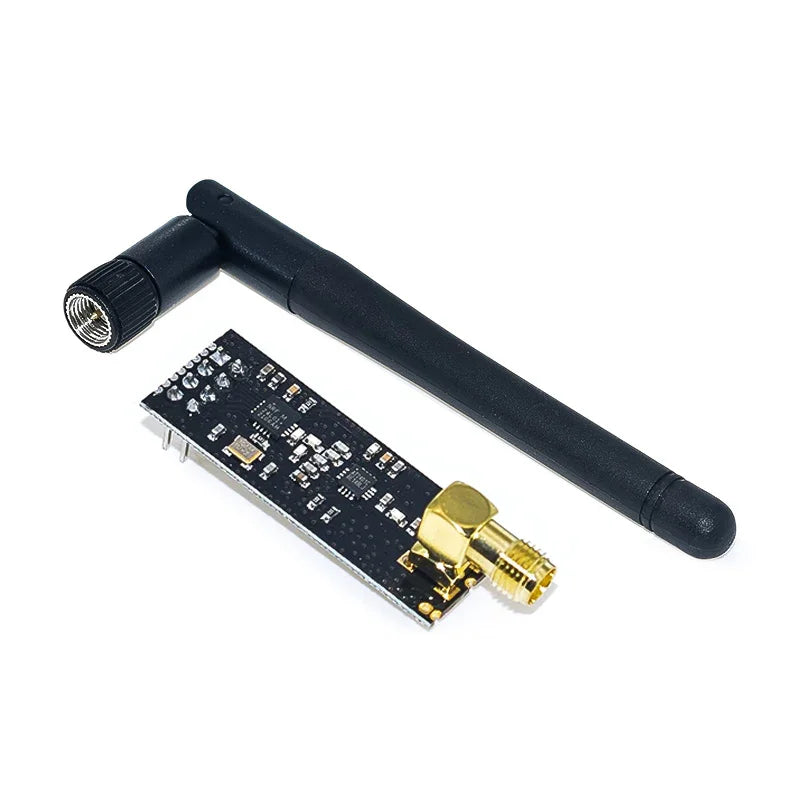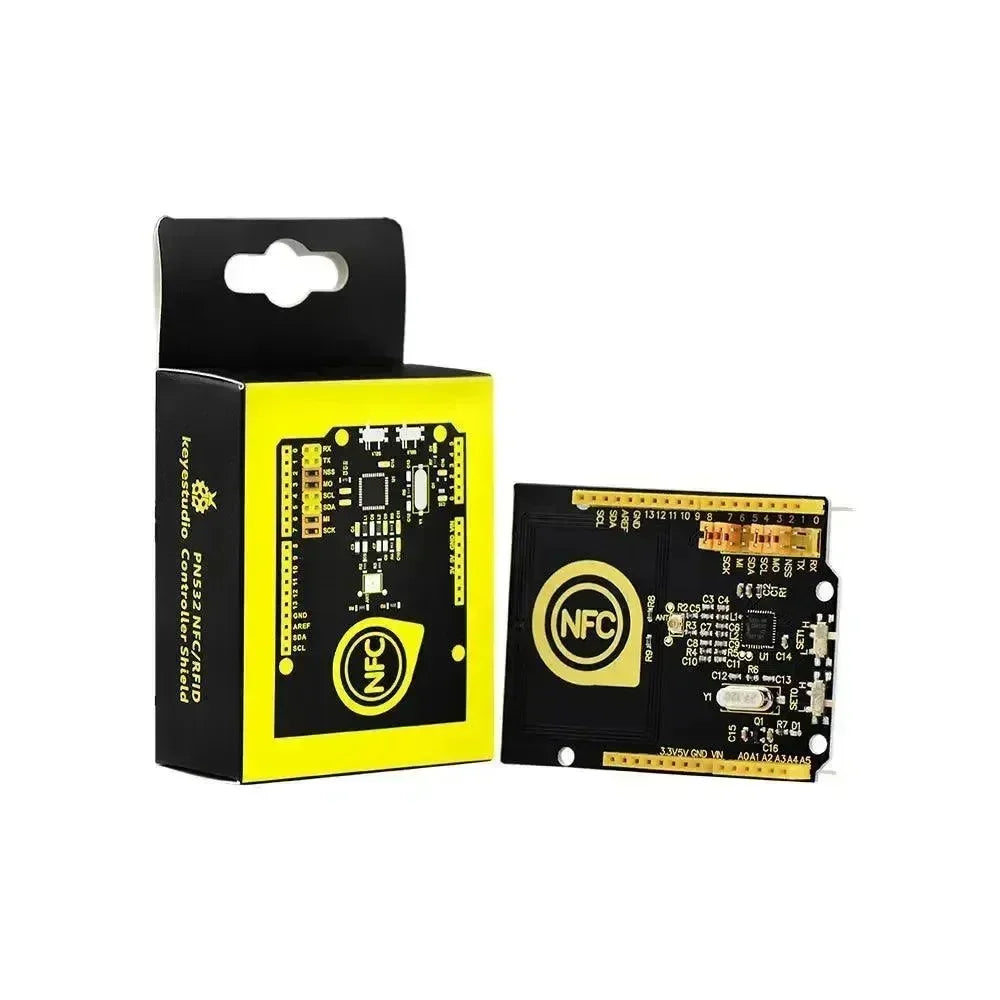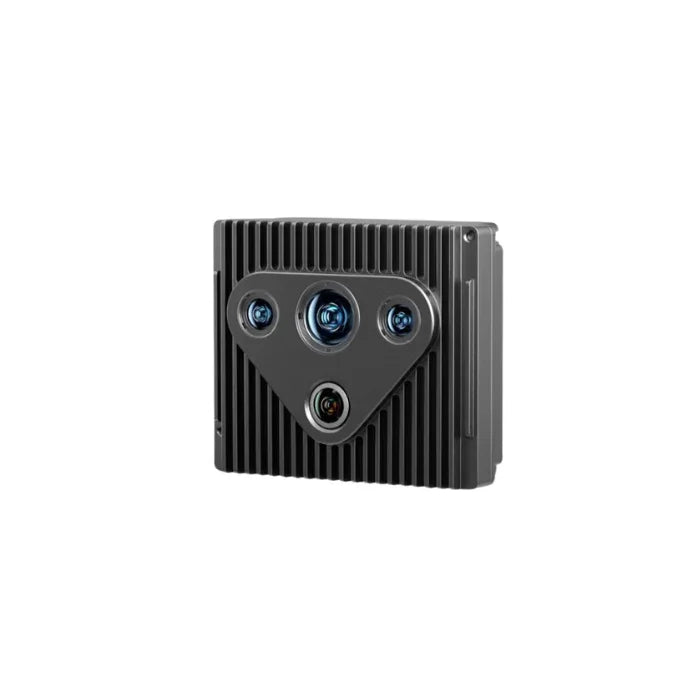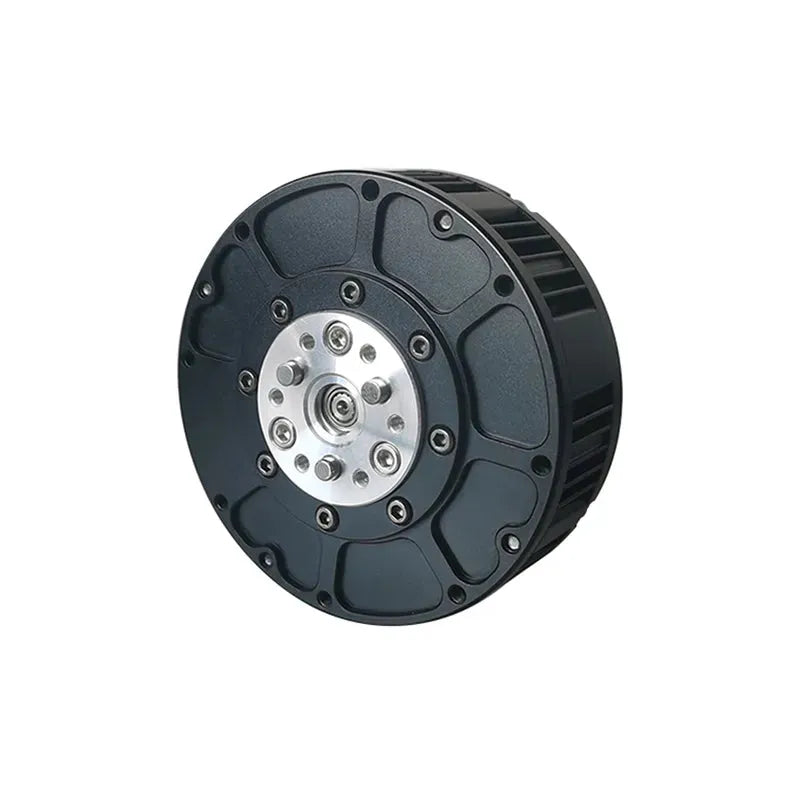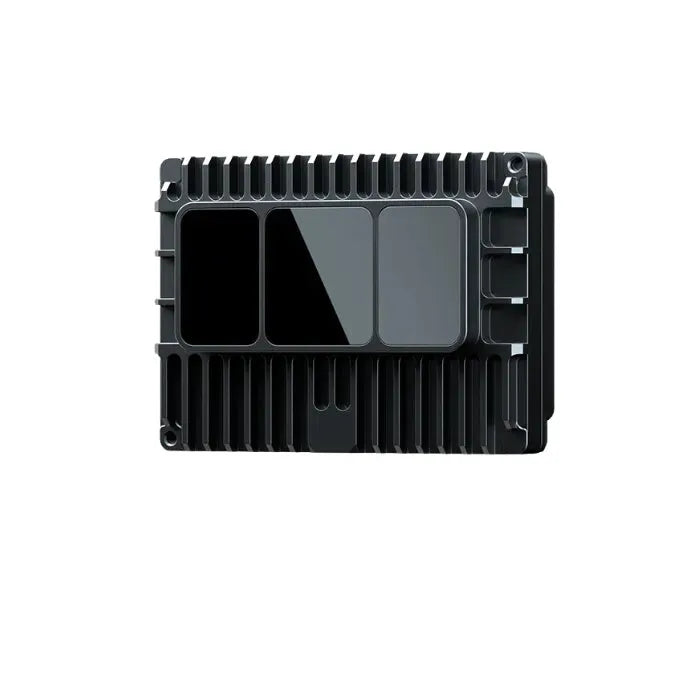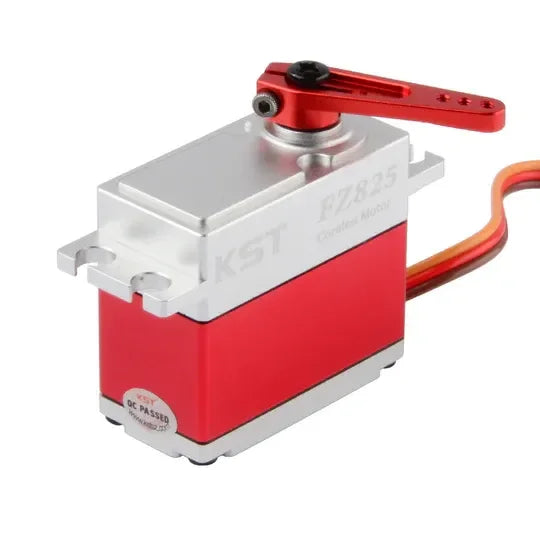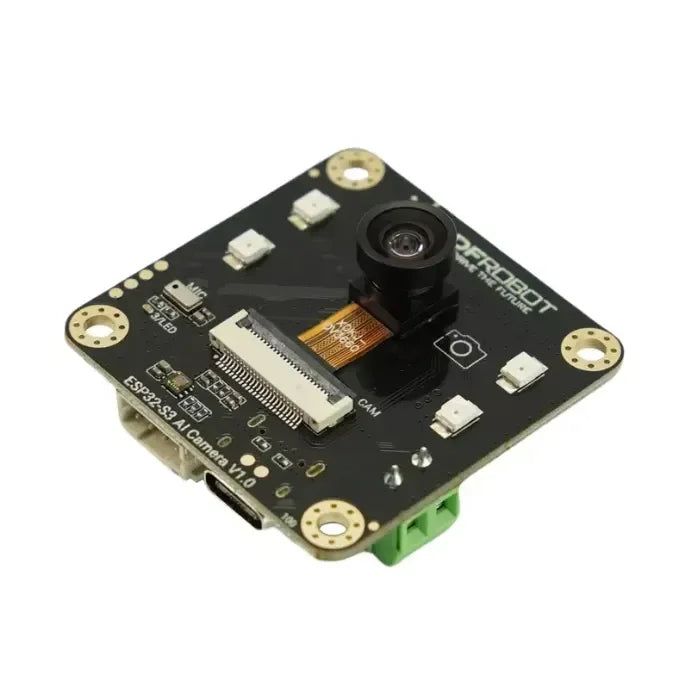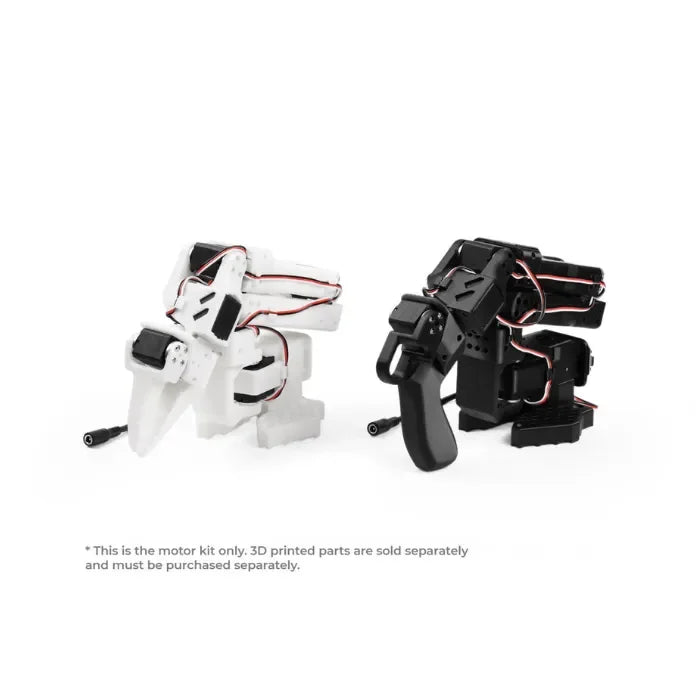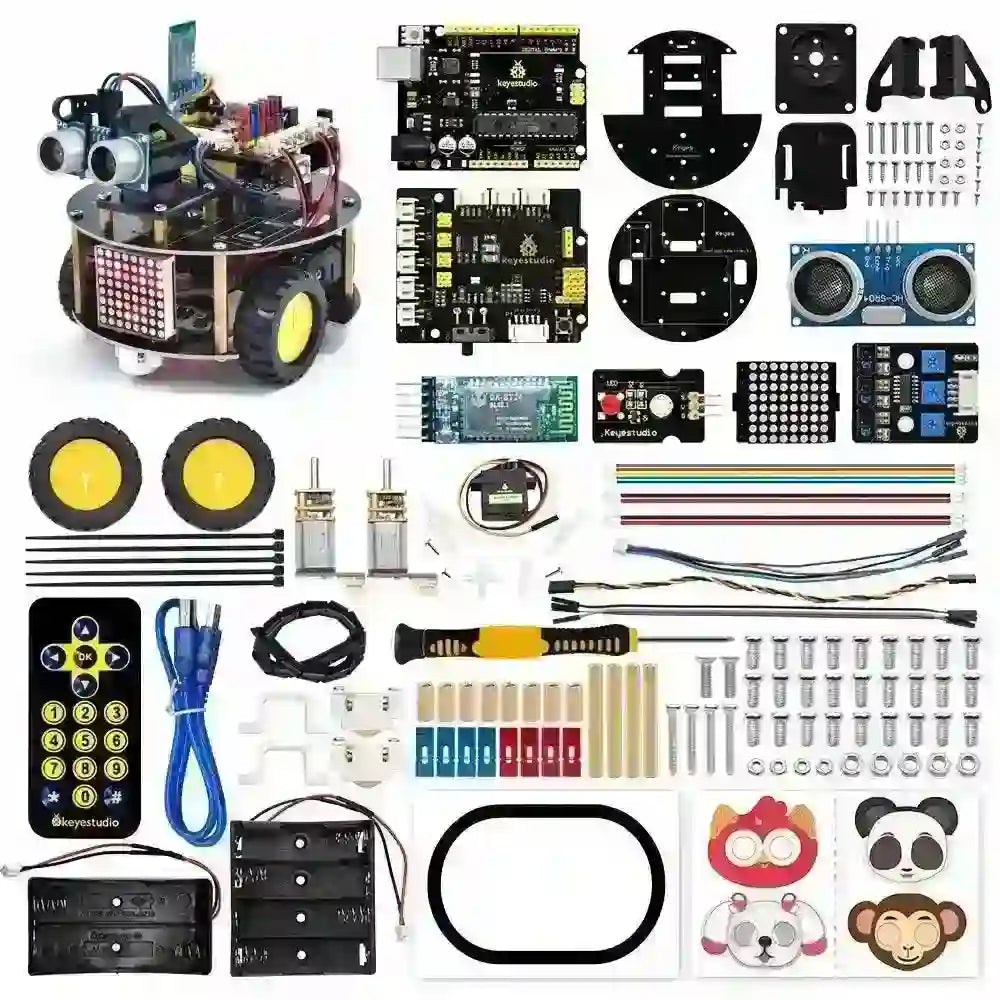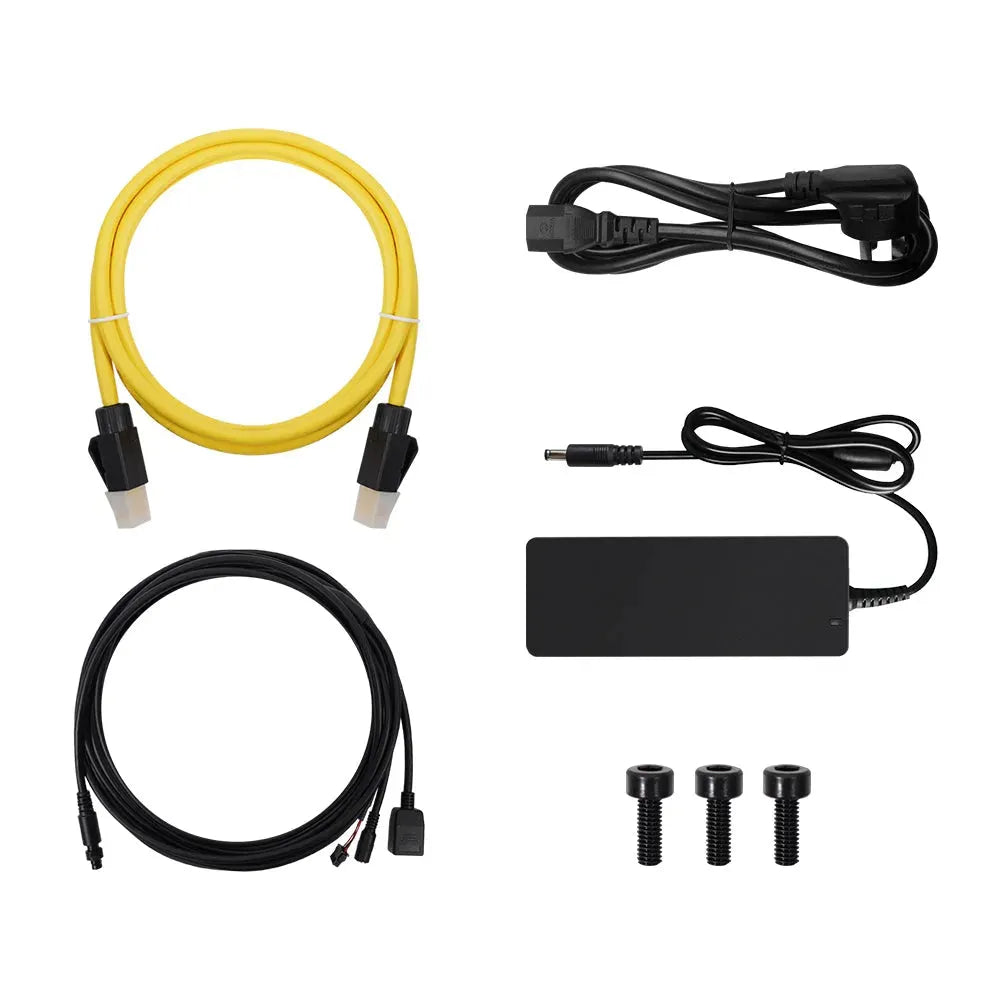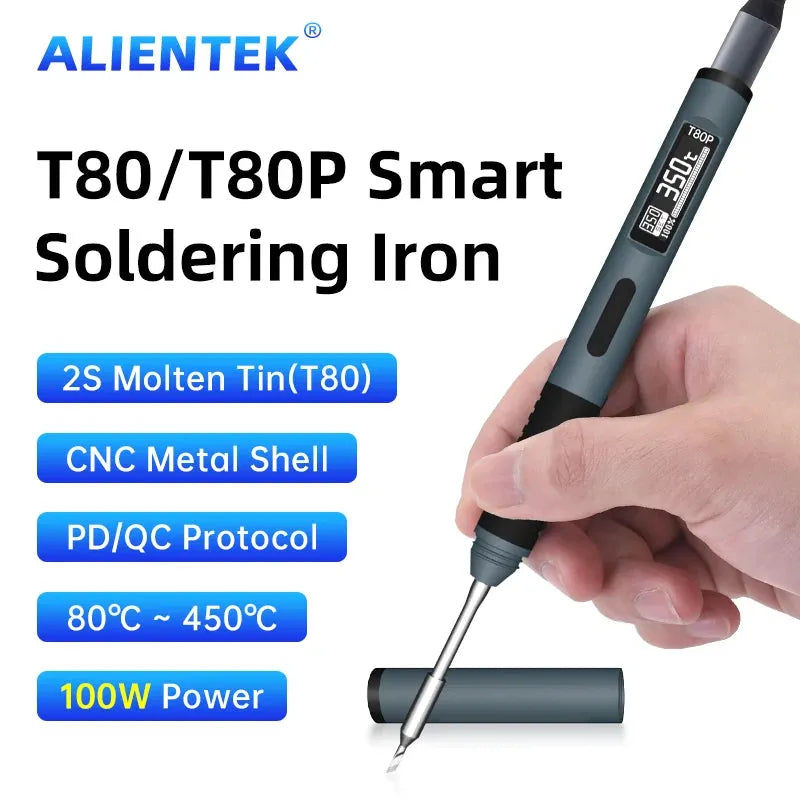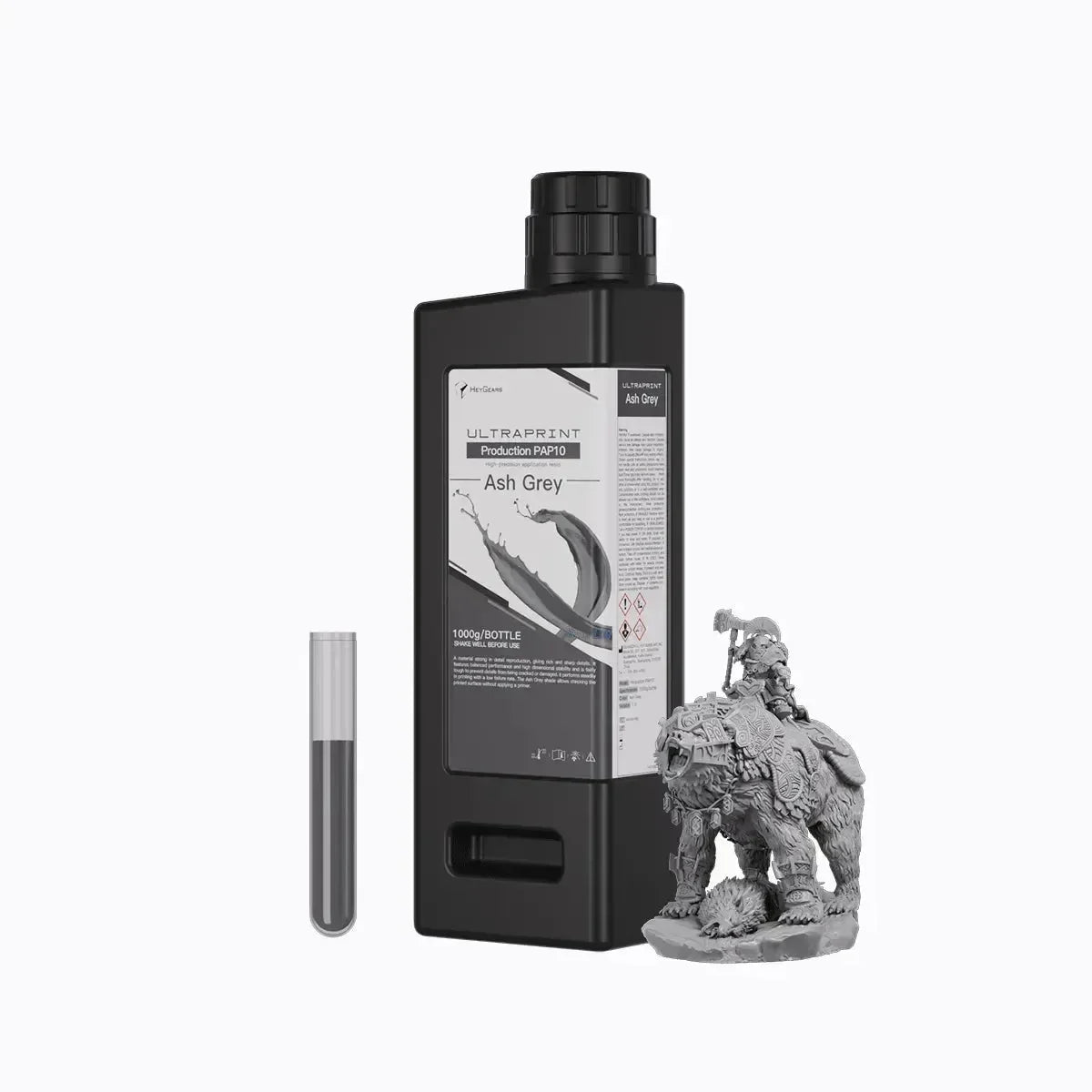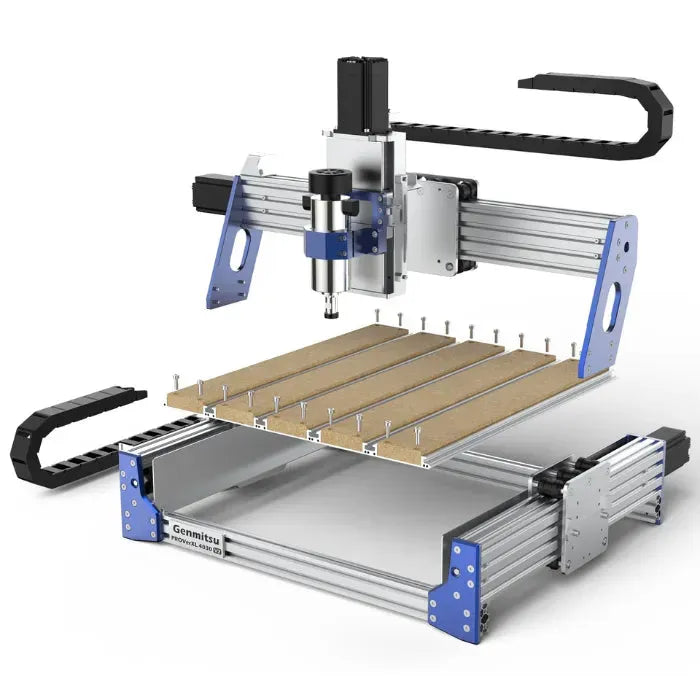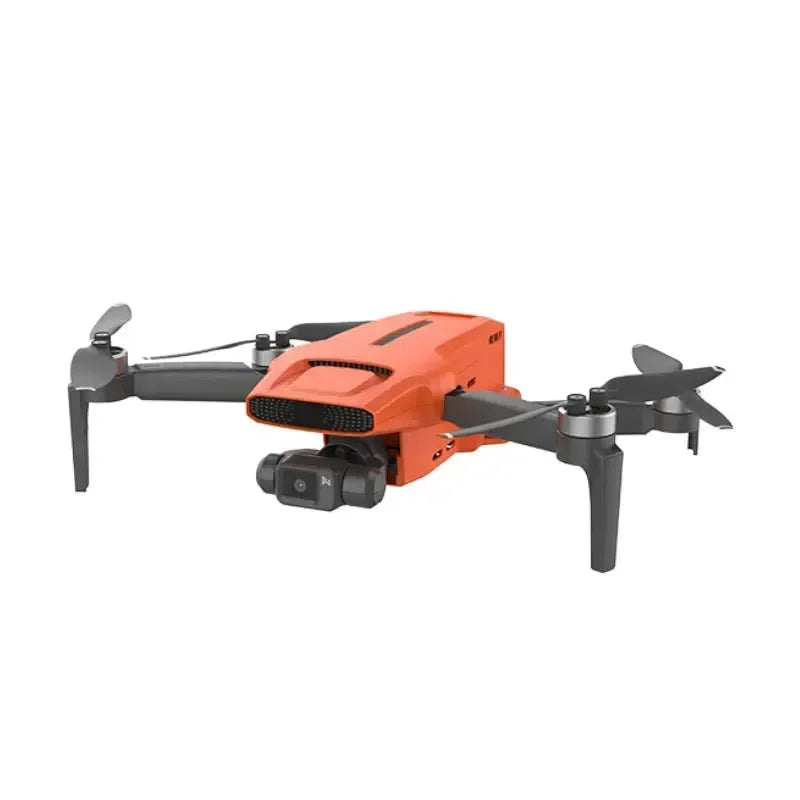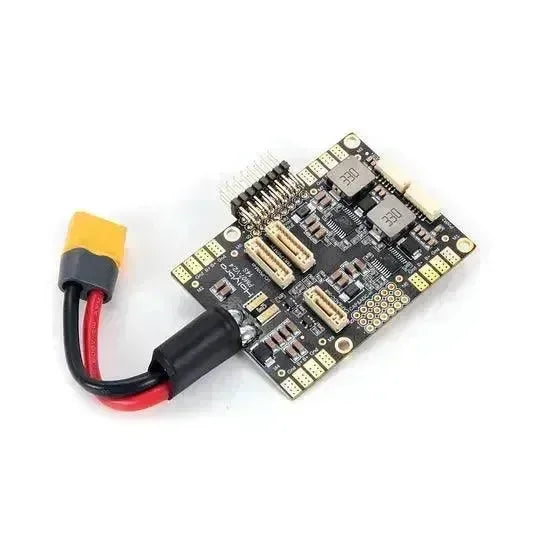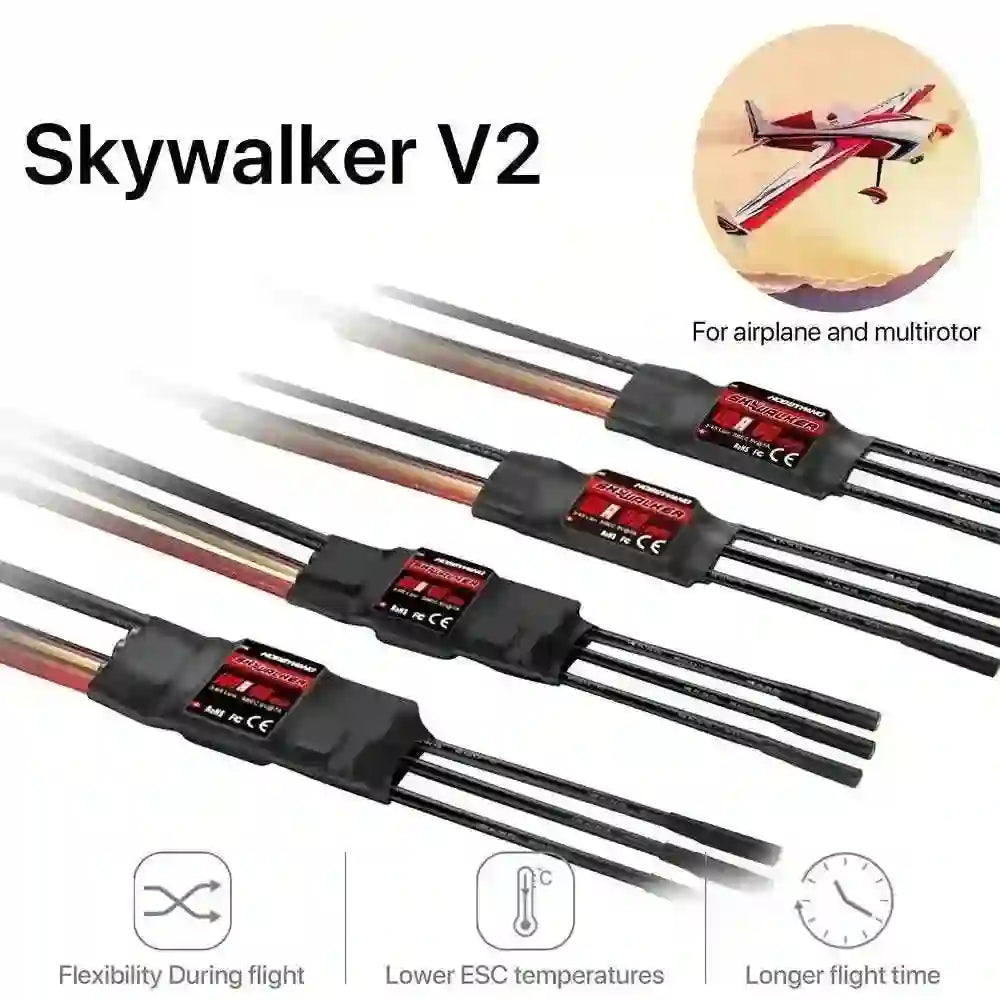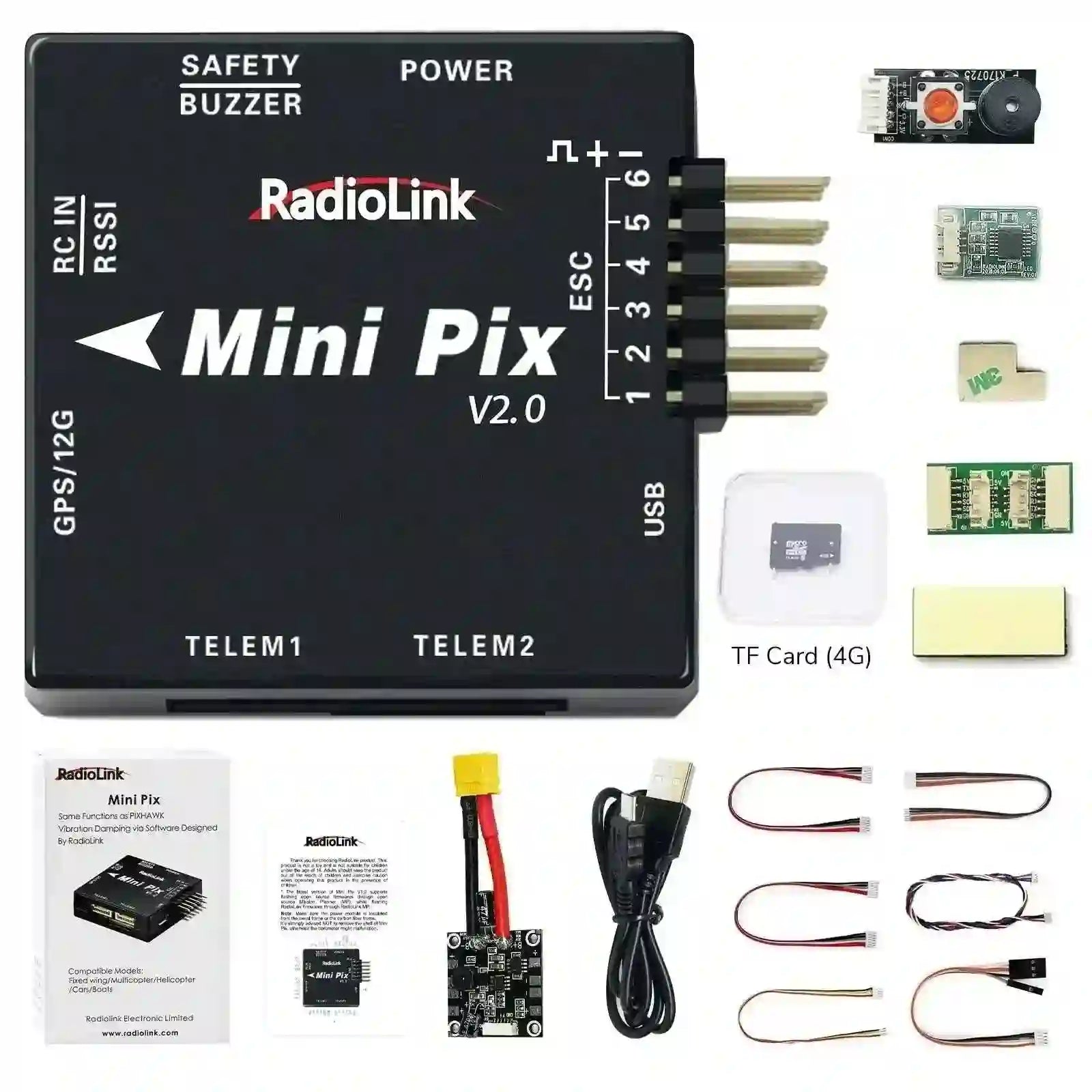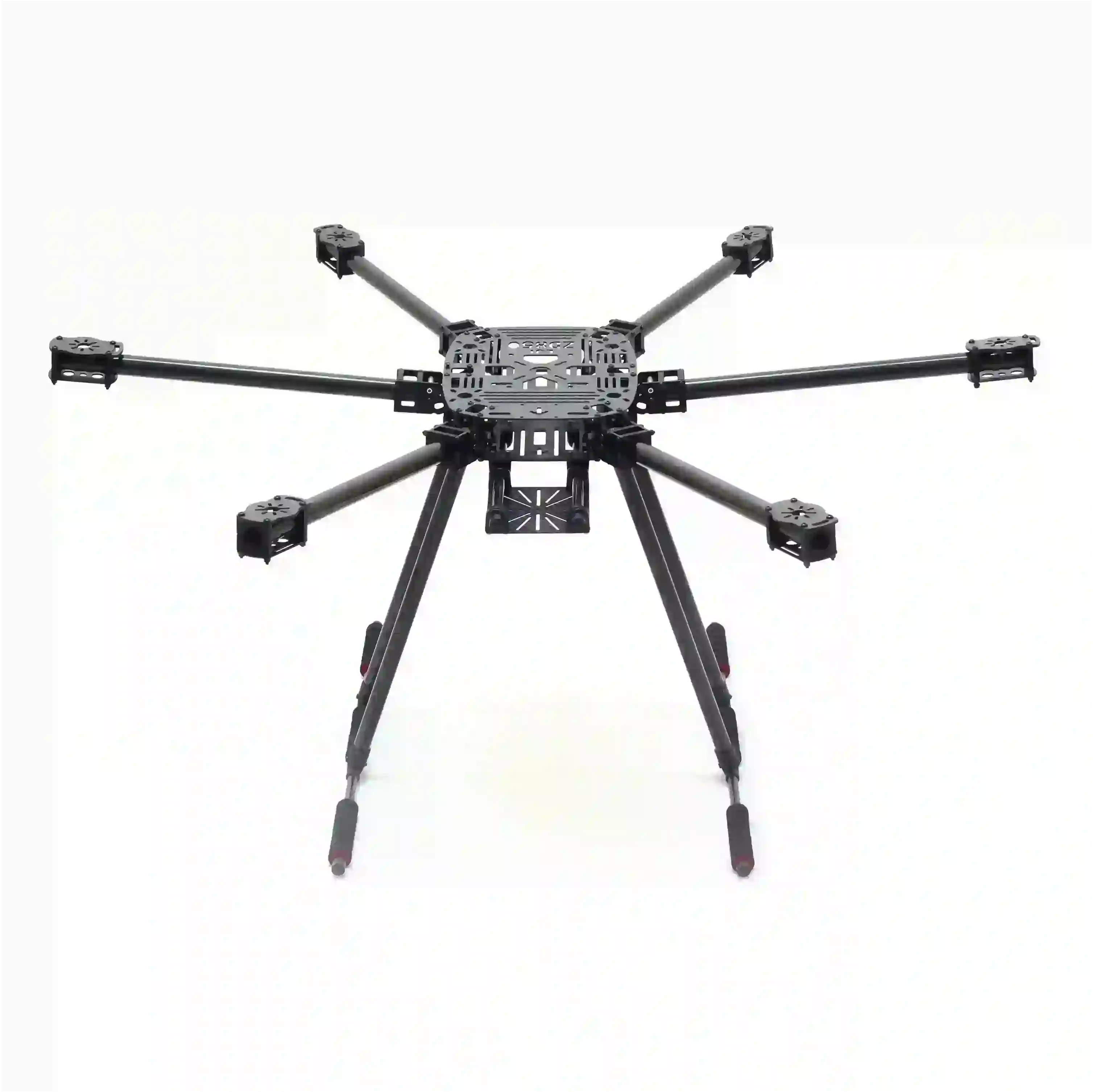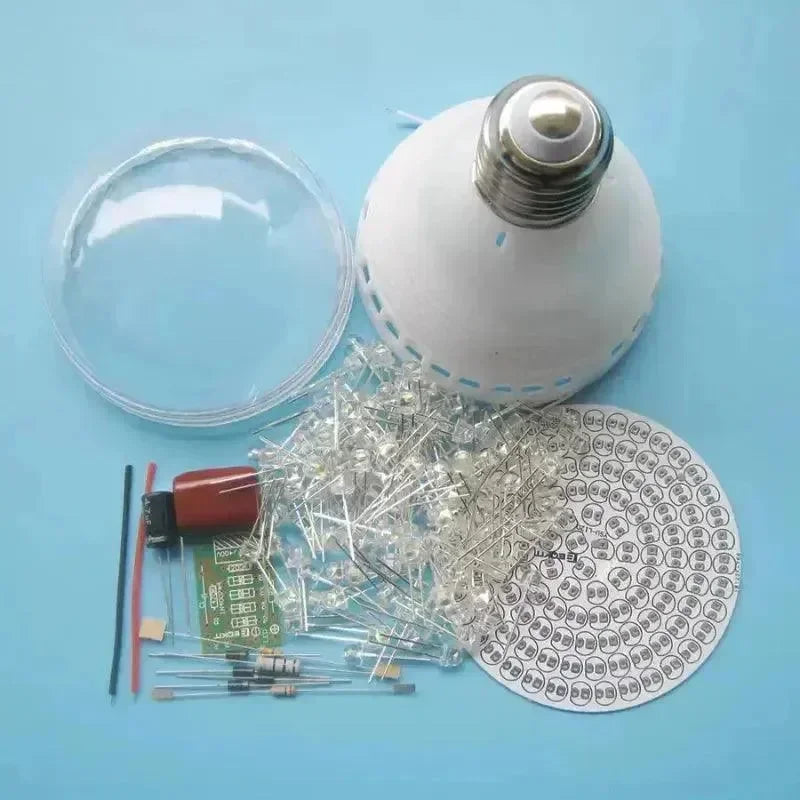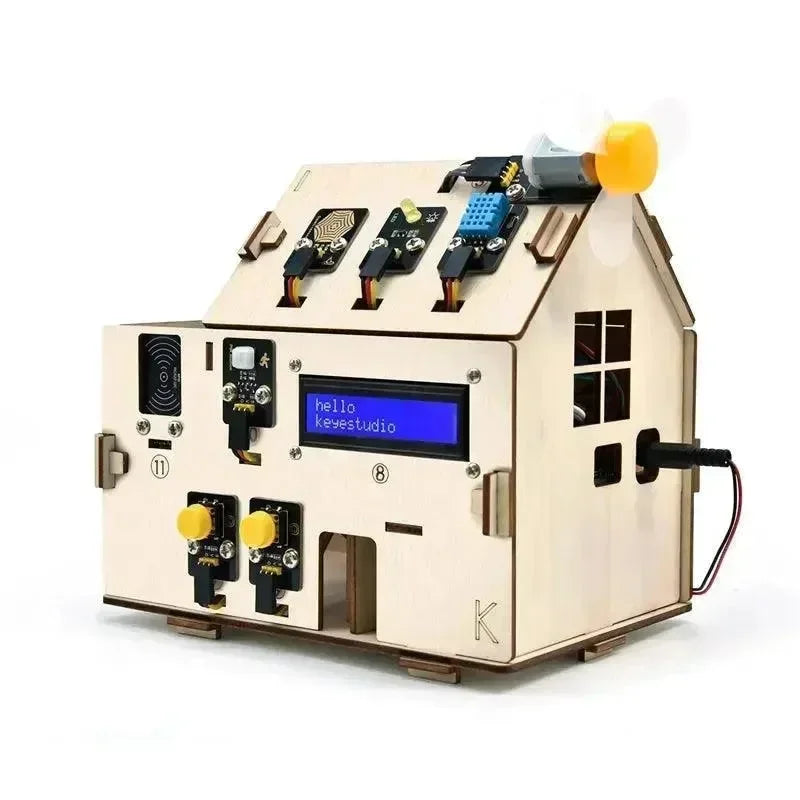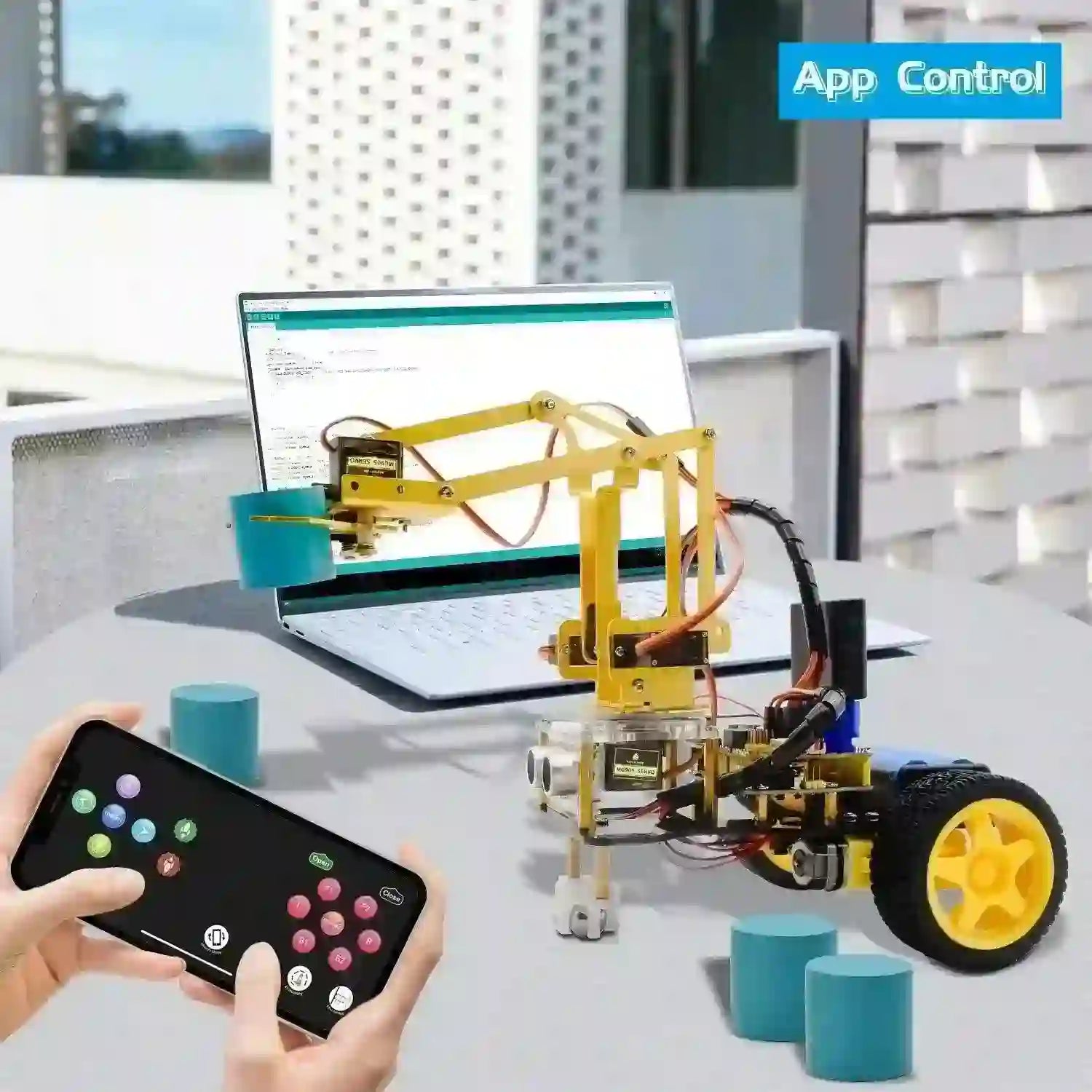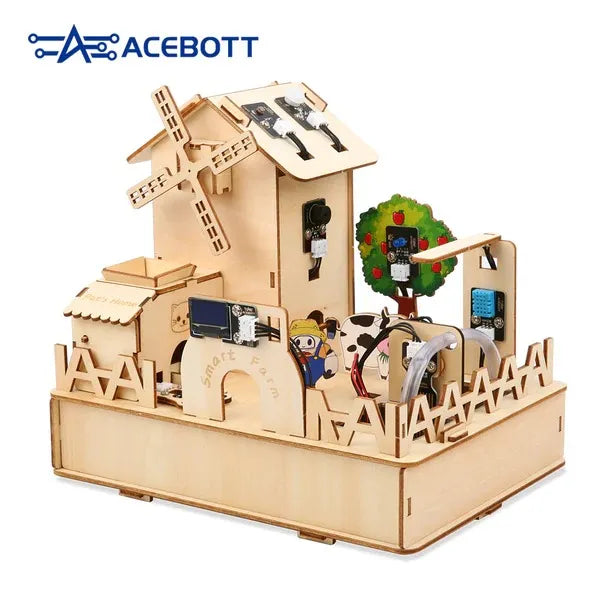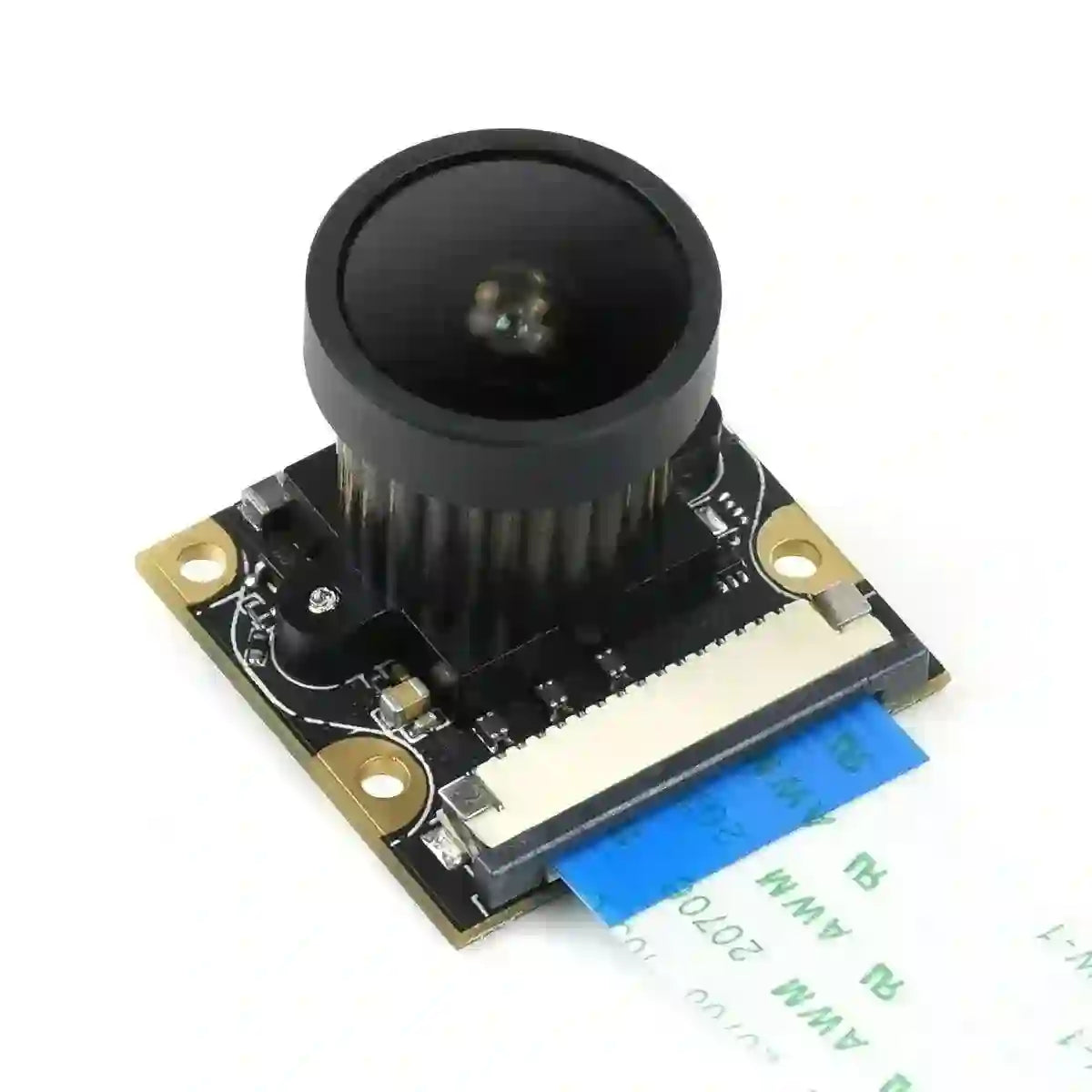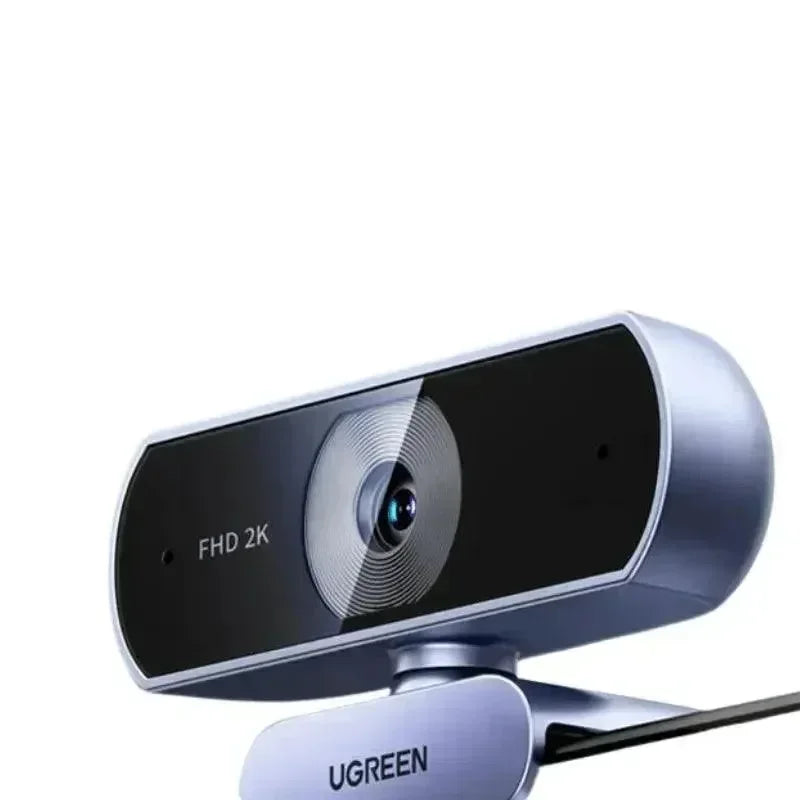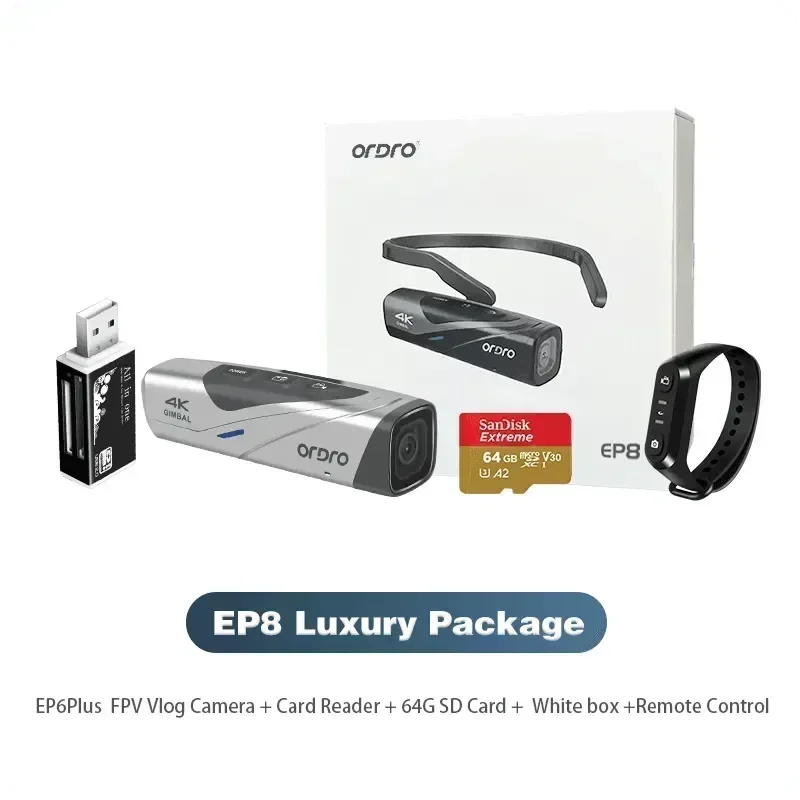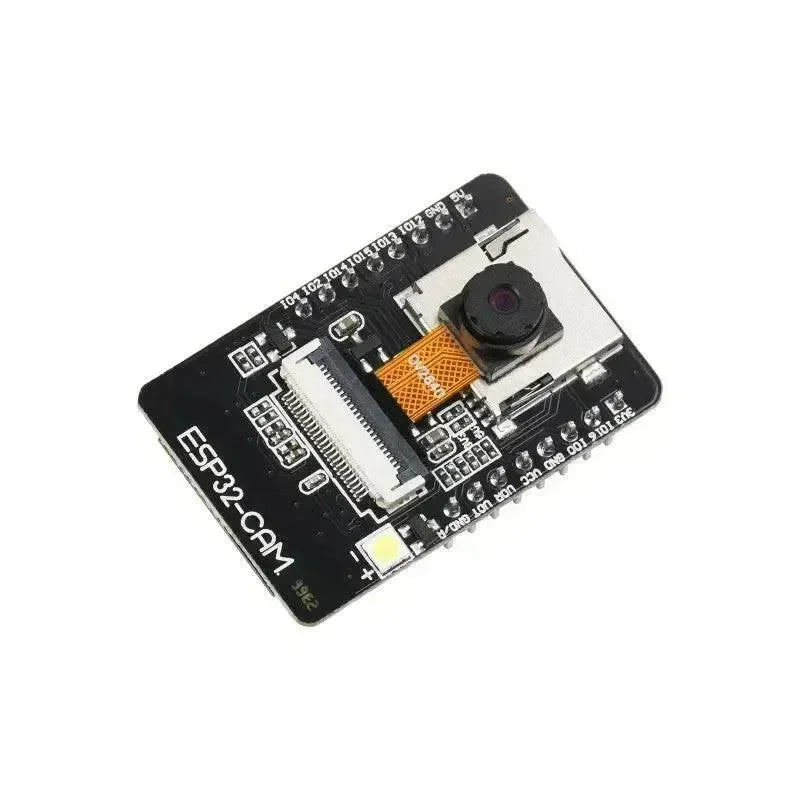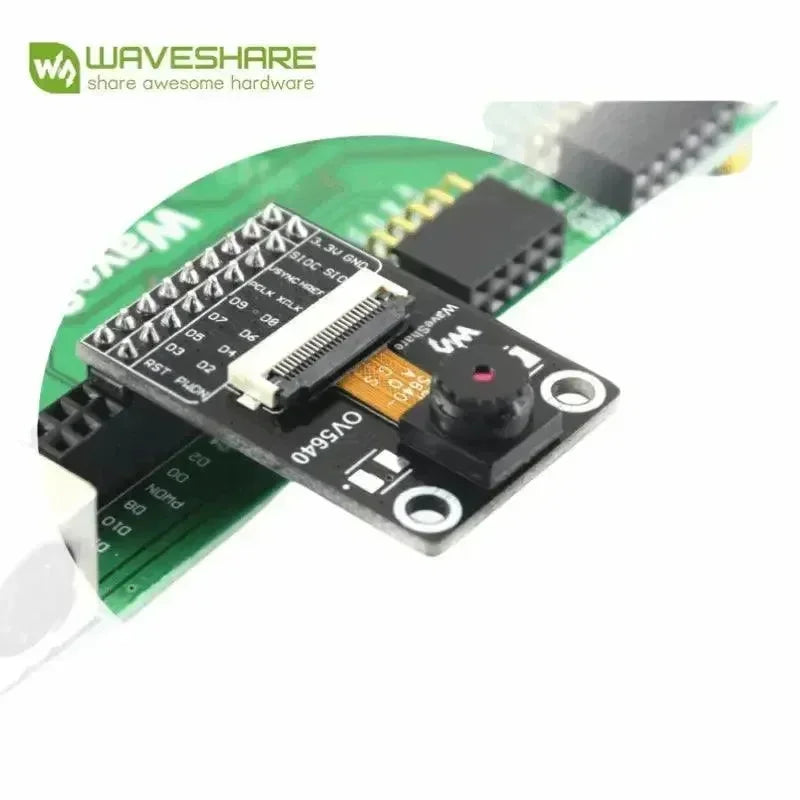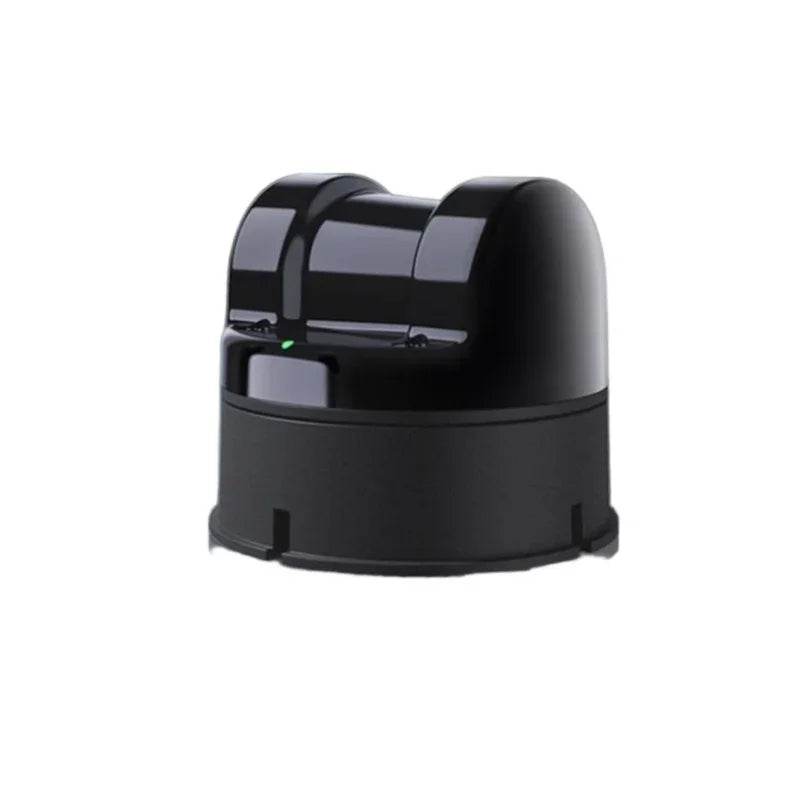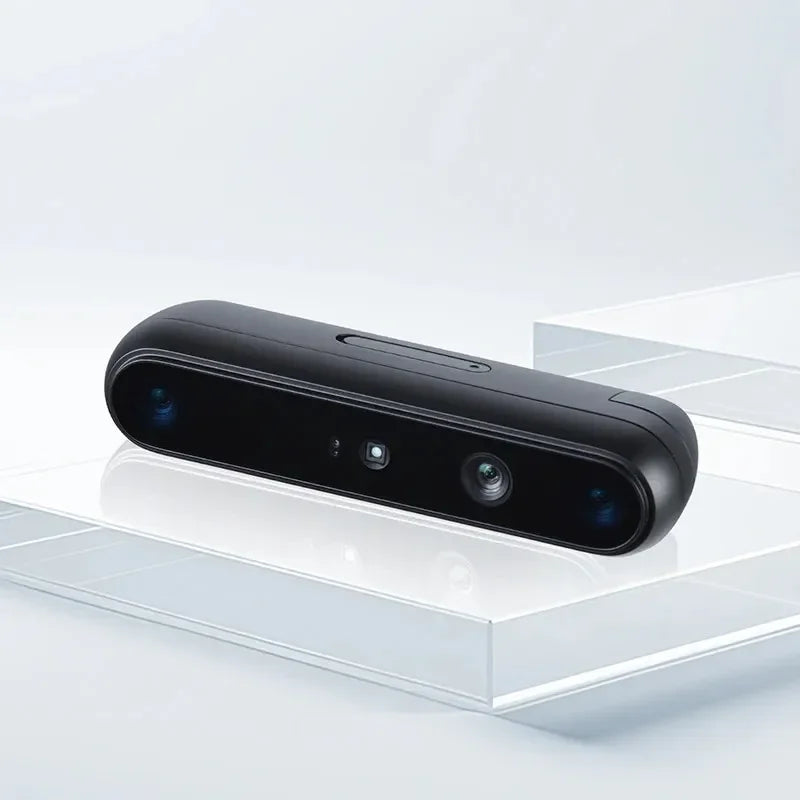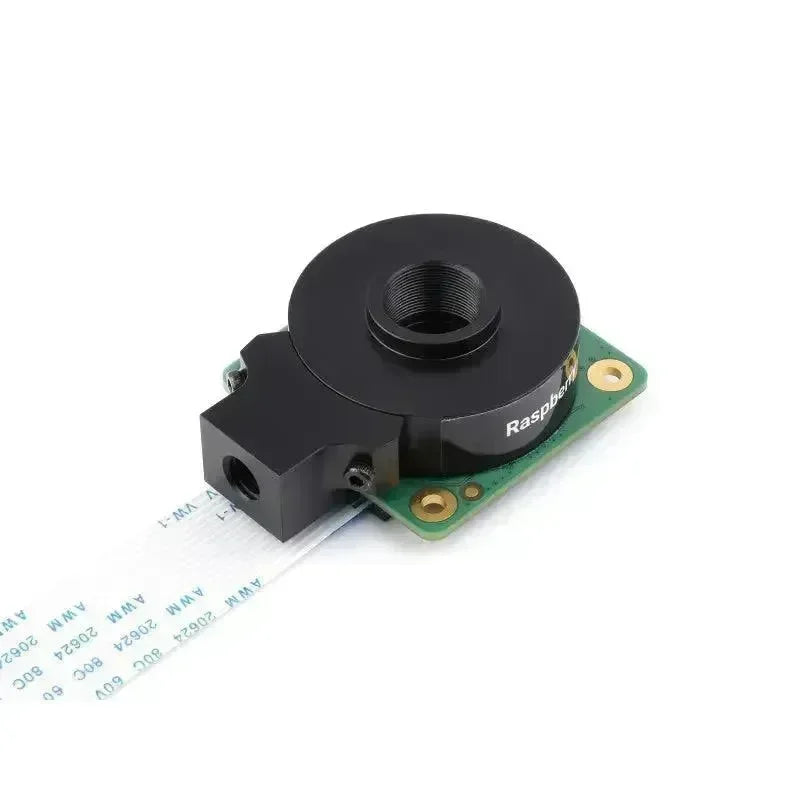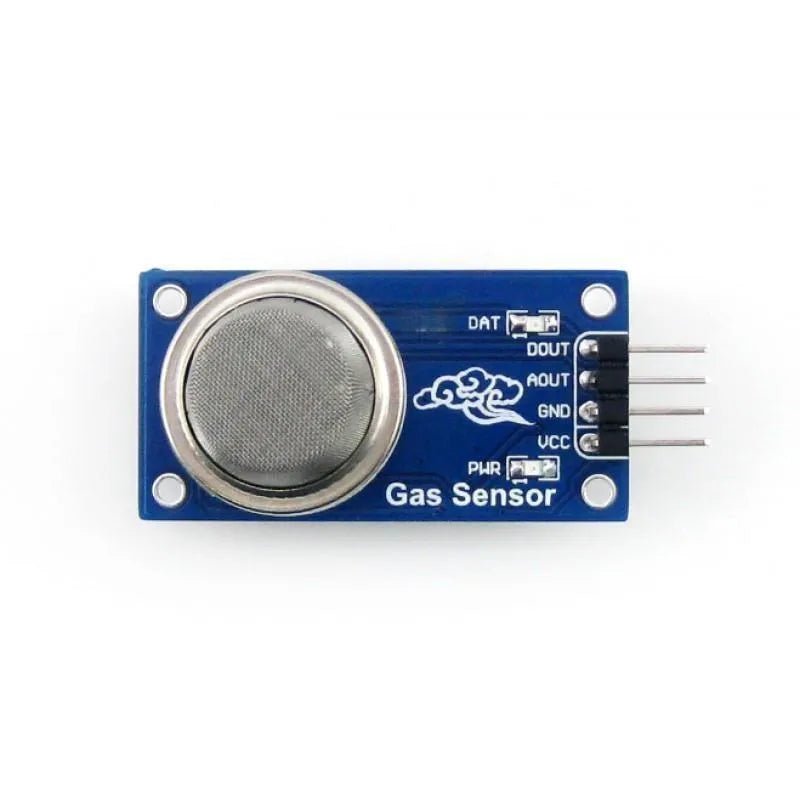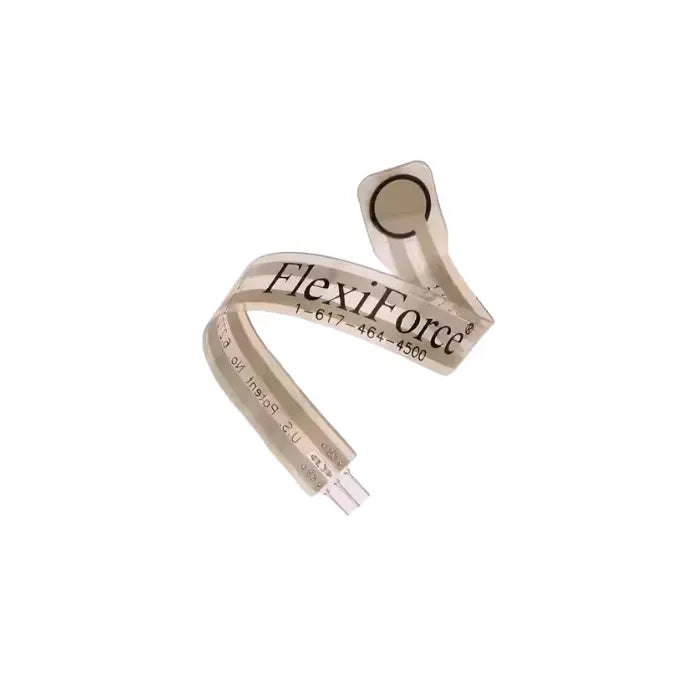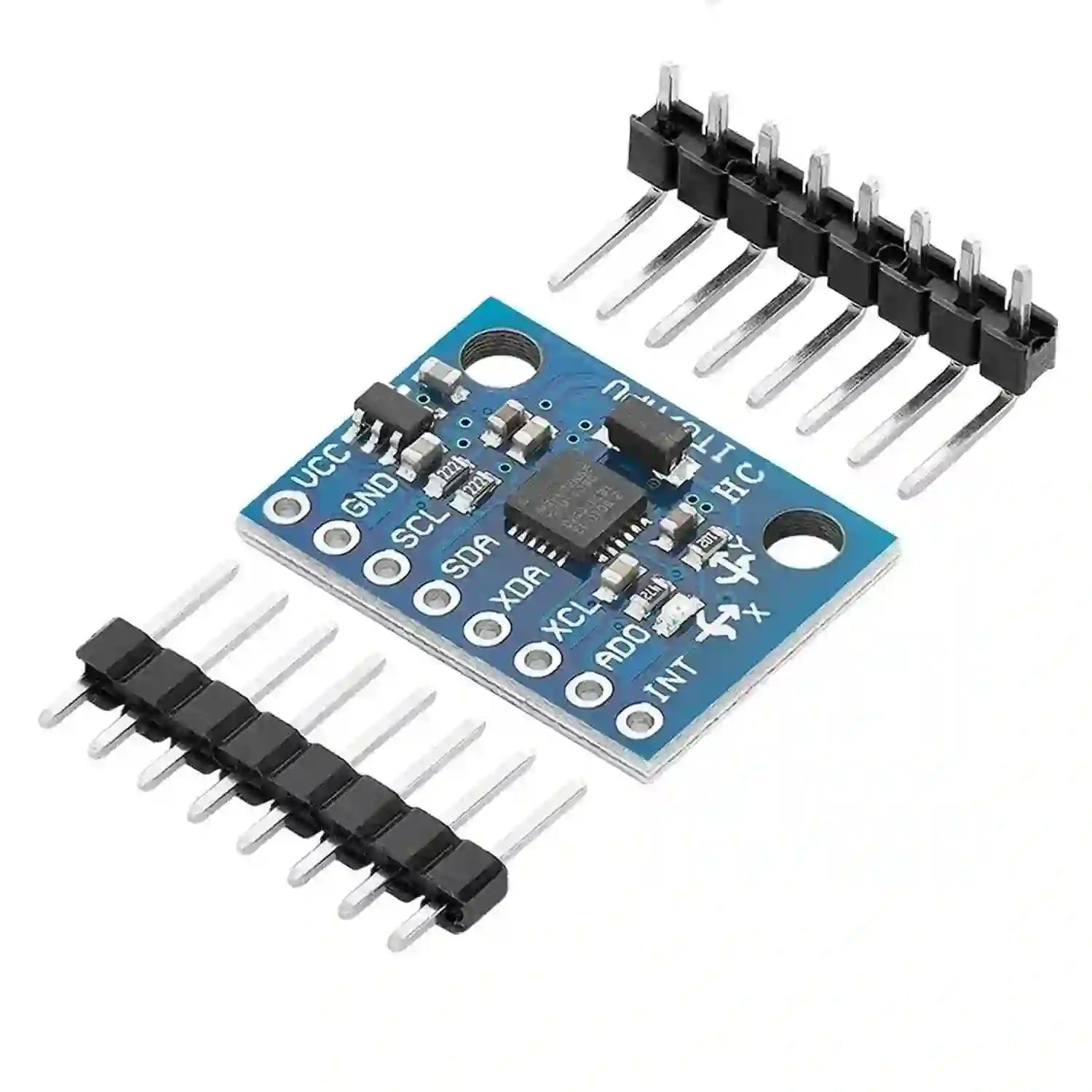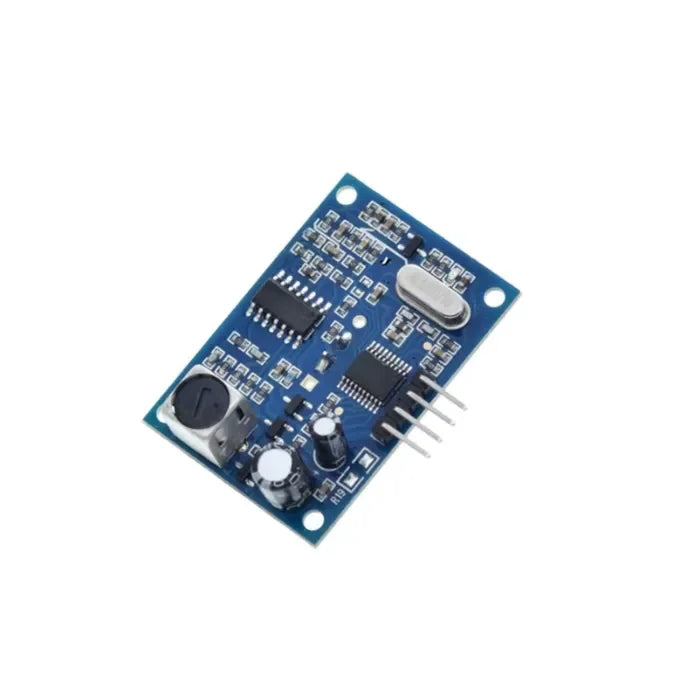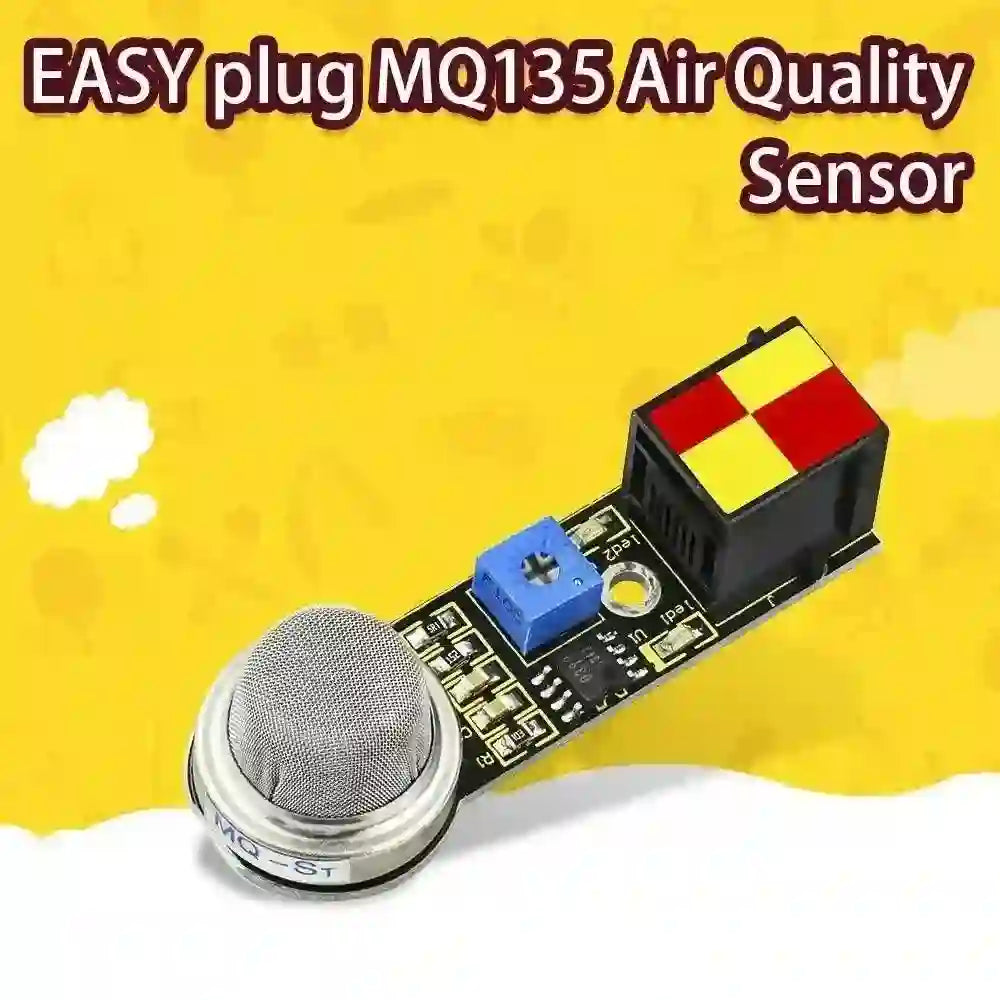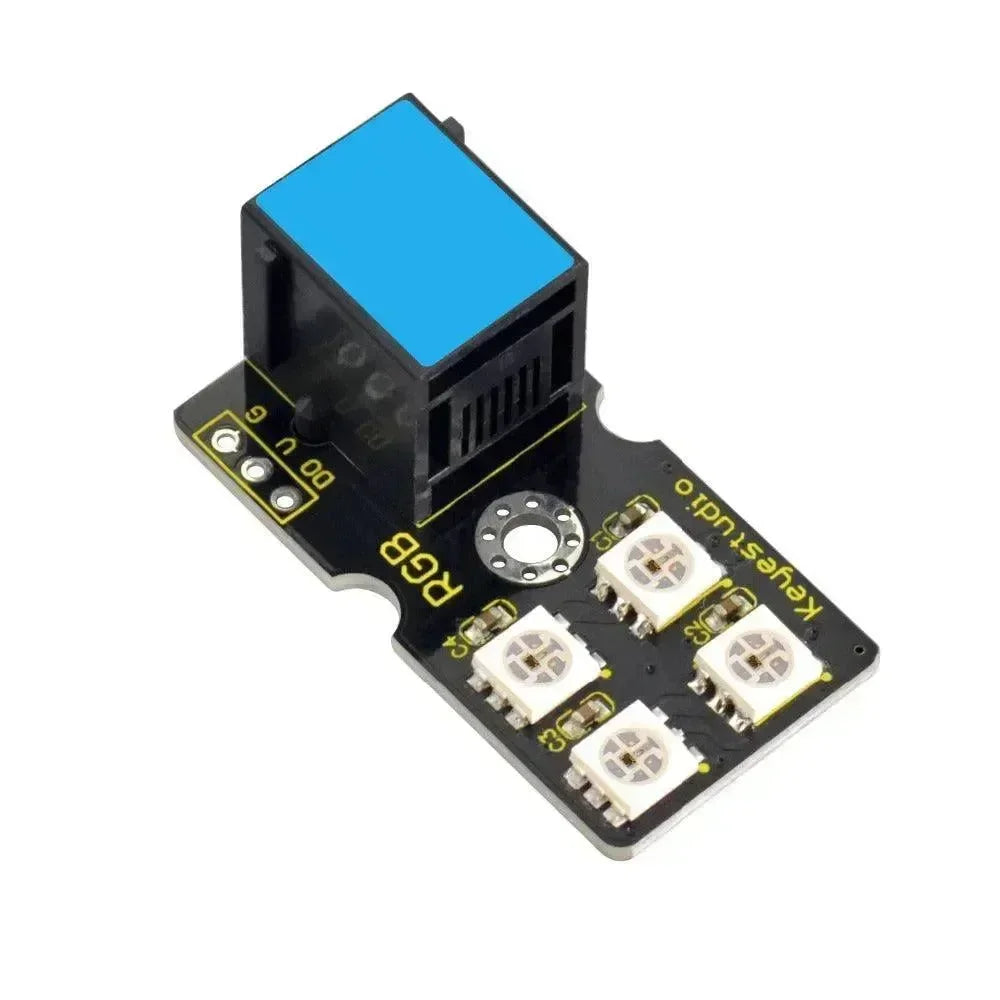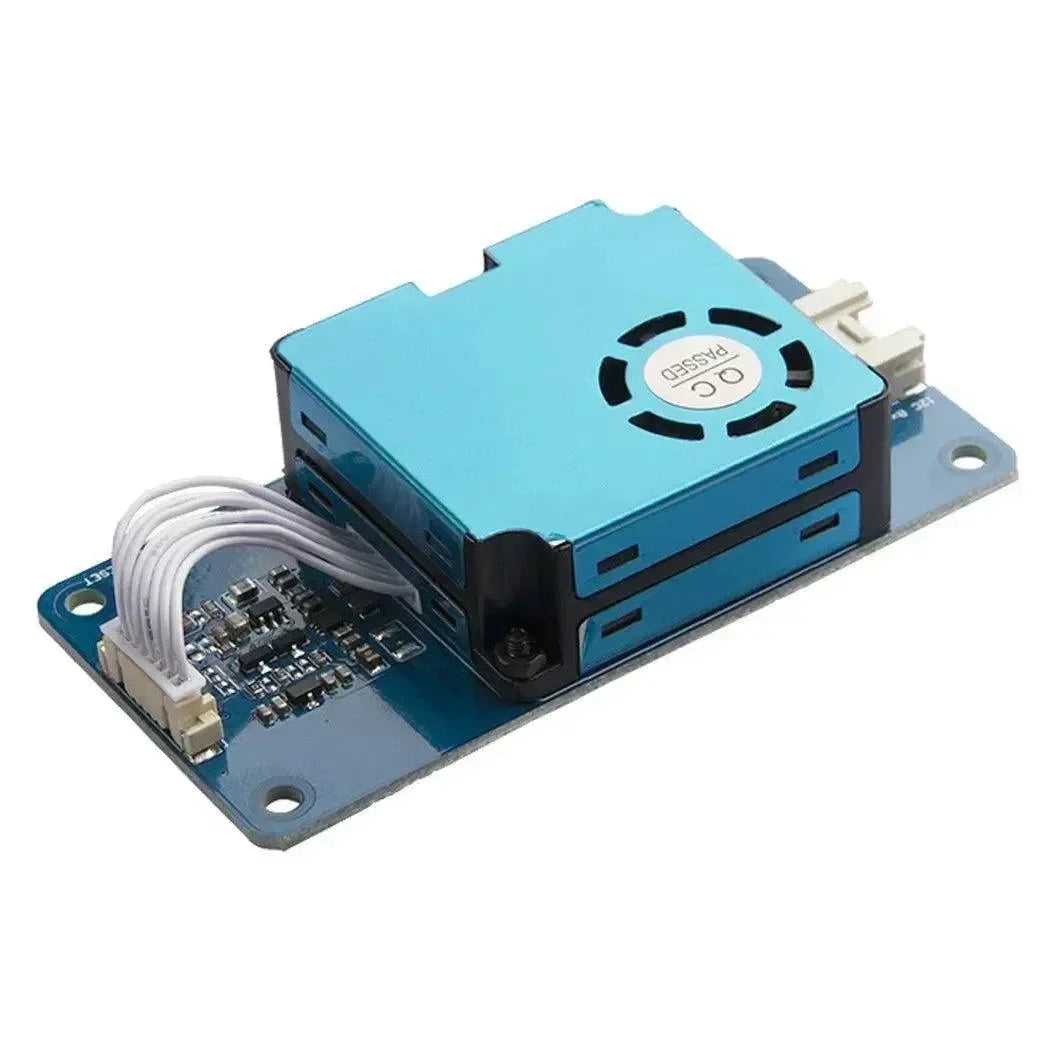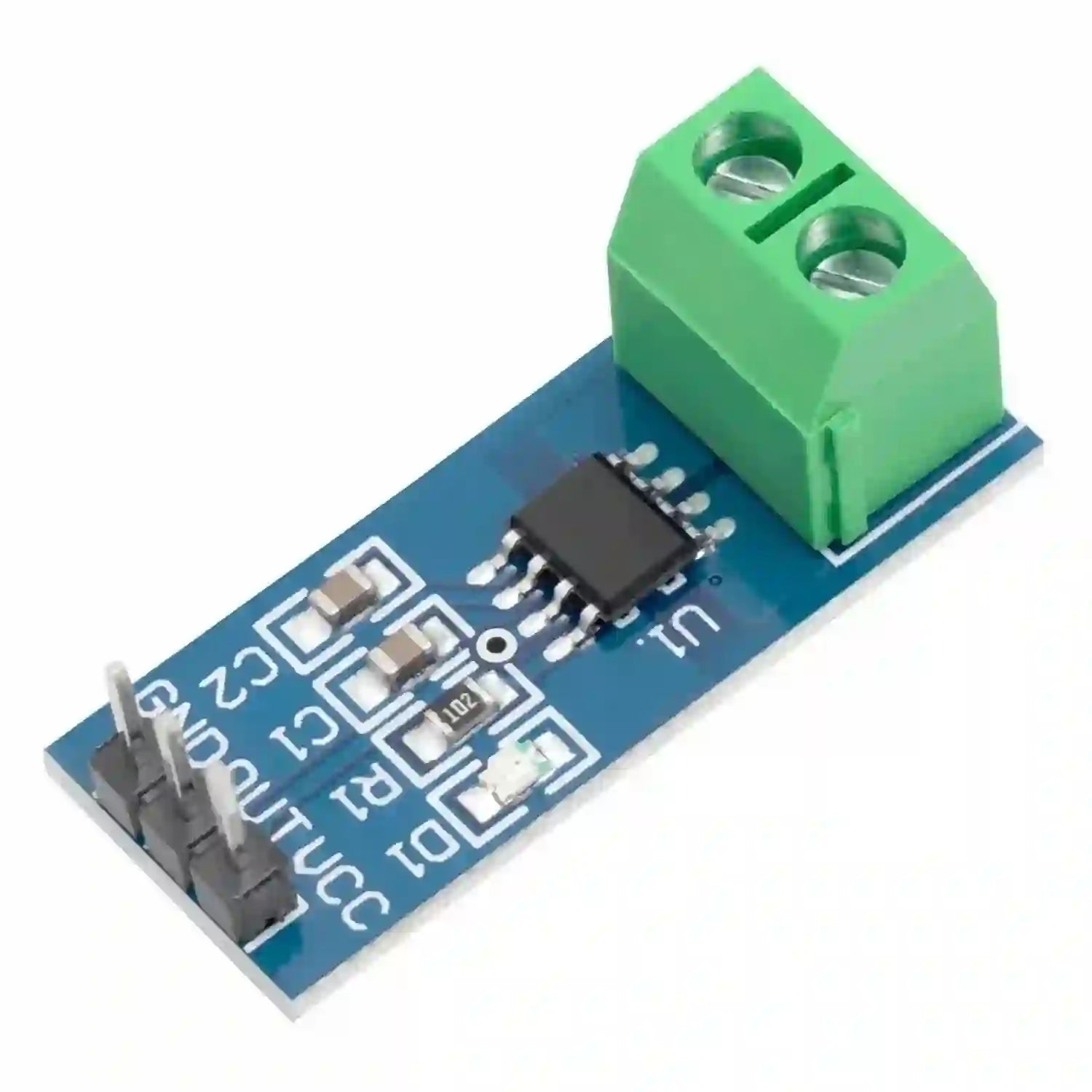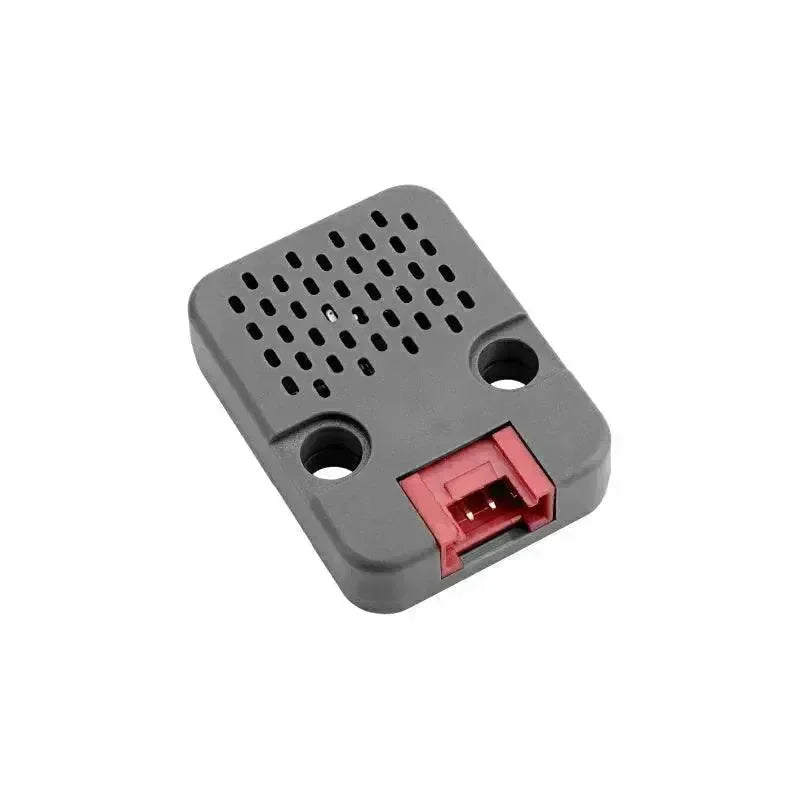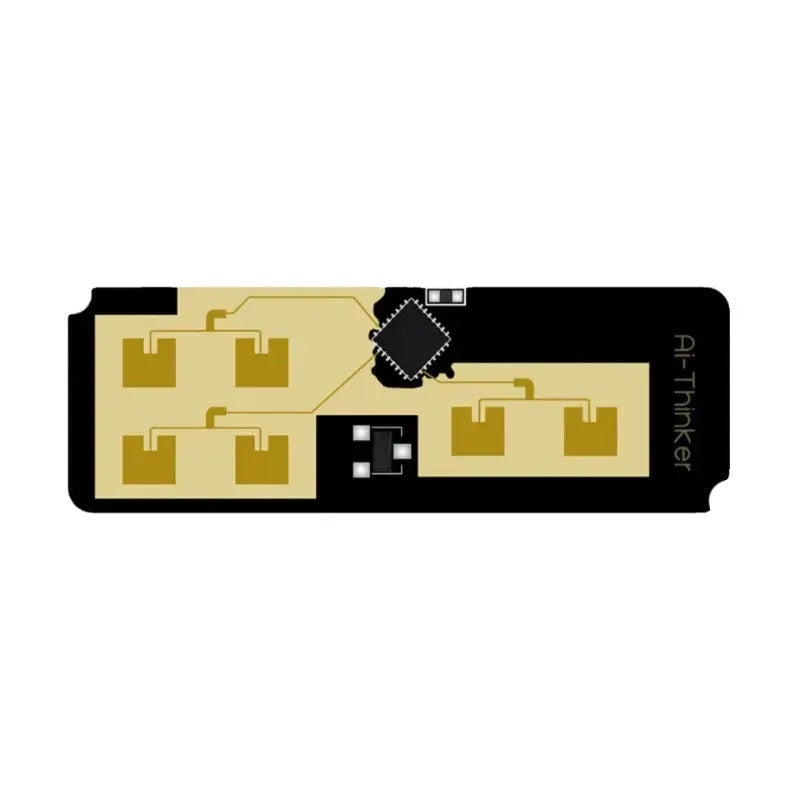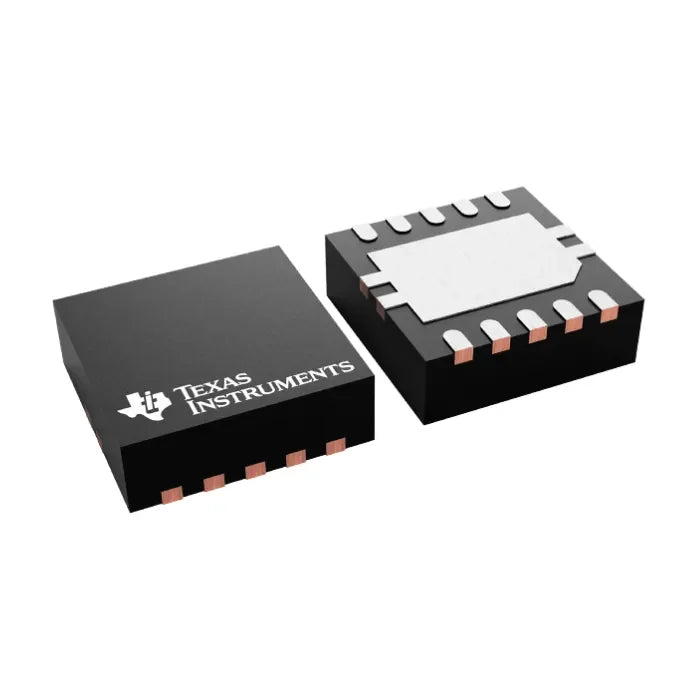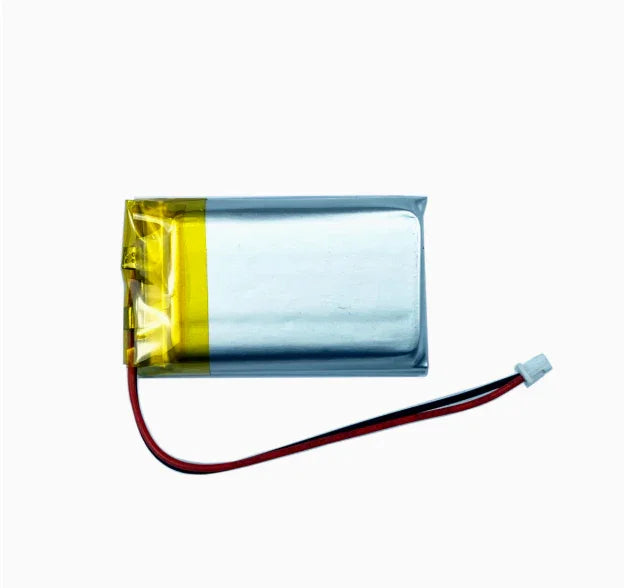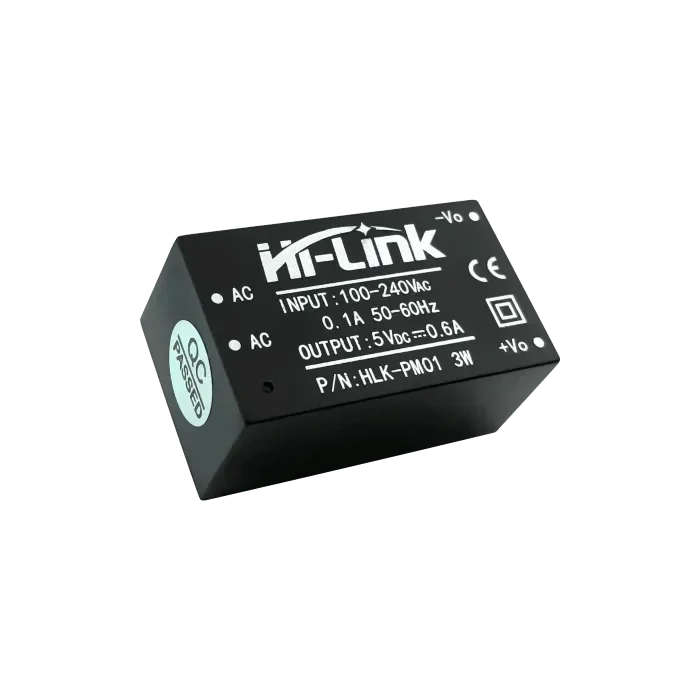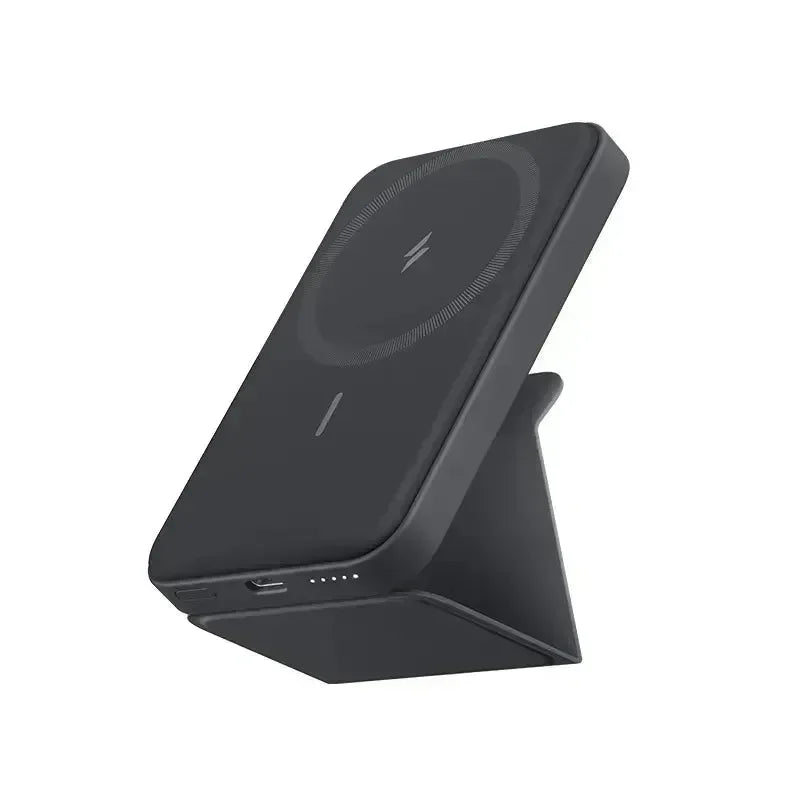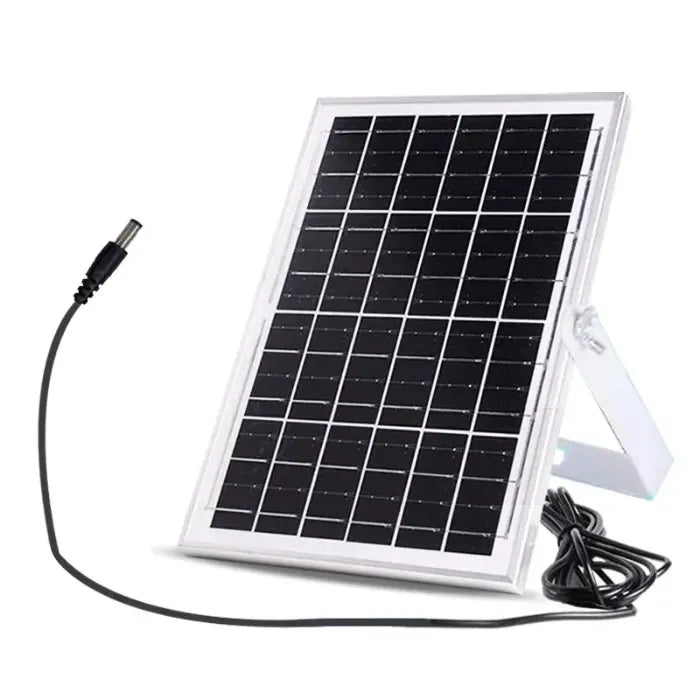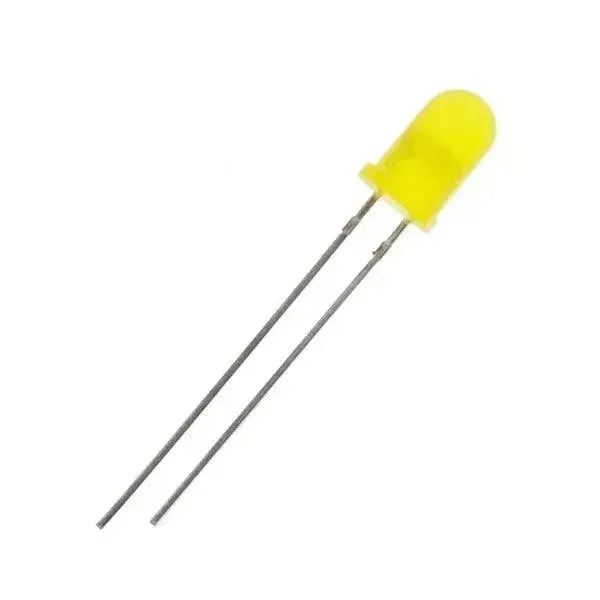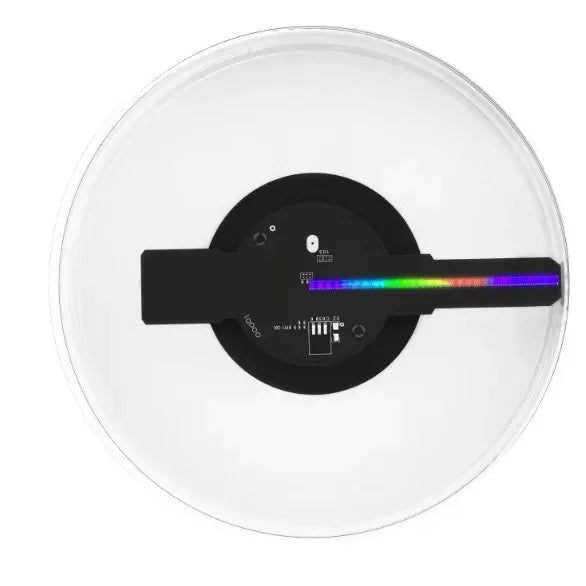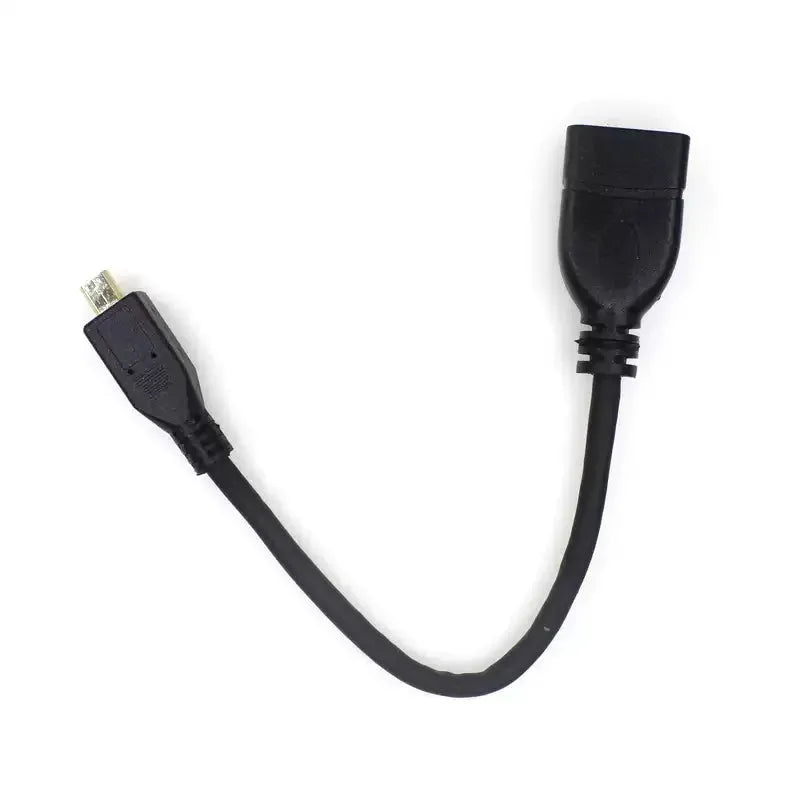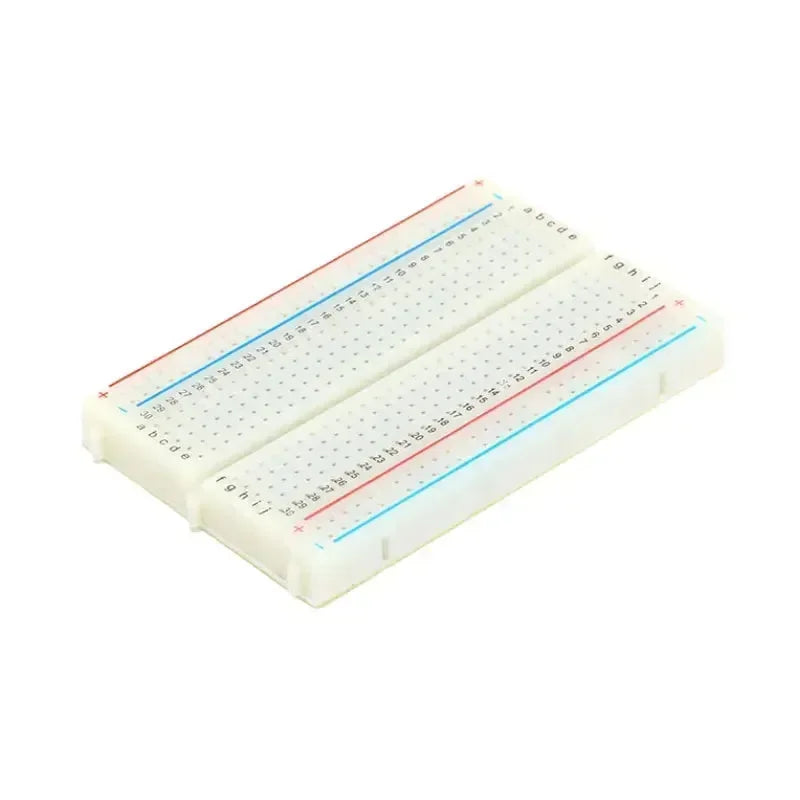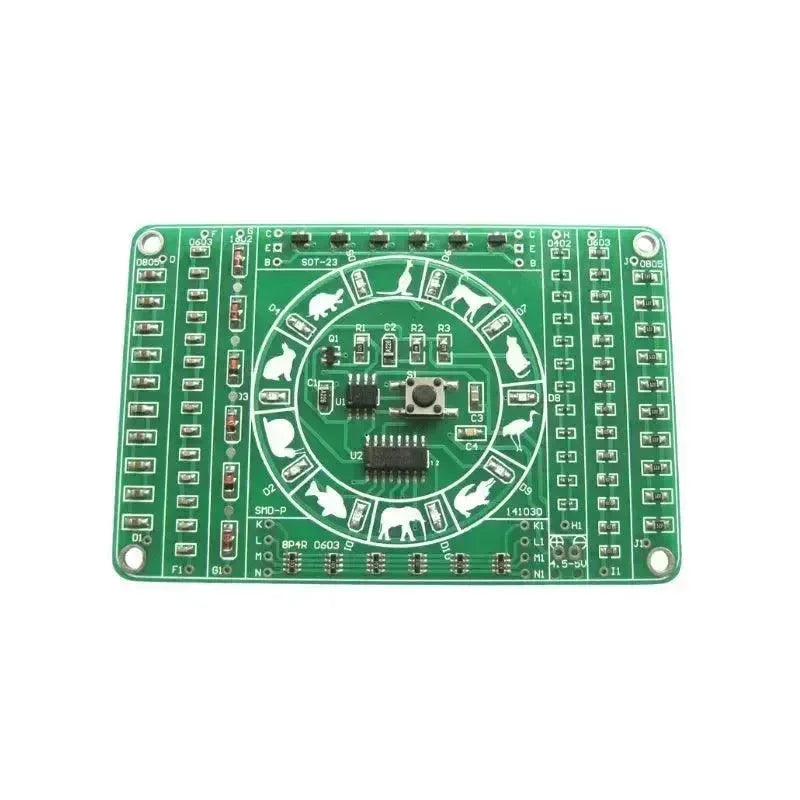
SMD Components Soldering Practice Board DIY Kit with battery pack
Pre-order
Free Shipping from 30€ in Germany, 50€ in the EU!
- Pre-orders will be shipped in 5 working days.
- EU & US Countries Delivery Time: 10 working days.
- Other Countries Delivery Time: 15 working days.
- Pre-Ordering: If an item is unavailable, you can pre-order it. We'll dispatch once stock is replenished. For specific delivery times, please feel free to contact us for inquiries.
- Express Shipping: Need it faster? Contact us via email or through our live chat support, and we'll arrange expedited delivery for you.

SMD Components Soldering Practice Board DIY Kit with battery pack
Kit Name: SMD Component Soldering Practice Board
Kit Model: SMD-P
Operating Voltage: 4.5~5V
PCB Thickness: 1.6mm
Dimensions: 91.4*60mm
The SMD-P Soldering Practice Board is divided into two sections: Practice Zone and Practical Zone.
Practice Zone:
The area outside the large circle is the practice zone. Beginners start here to practice soldering. Components can be removed and re-soldered multiple times for further practice. This section includes nine types of components as listed below:
Front-side Components:
- 0805 Resistors ×10
- 0603 Resistors ×14
- 0402 Resistors ×12
- 0805 Capacitors ×10
- 0603 Capacitors ×14
- 1206 Diodes ×6
- SOT-23 Transistors ×6
- 0603 Resistor Networks ×6
Back-side Components:
- SO-8 IC ×1
- SO-16 IC ×1
- QFP44 IC ×2
Practical Zone:
The area inside the large circle serves as the practical zone for testing the soldering results. Once the components are correctly soldered, the board powers on and functions as a lucky wheel. Each LED corresponds to a different animal, adding an element of fun to the project. This section includes six types of components as listed below:
- 0805 Resistors ×3
- 0805 Capacitors ×2
- 0805 LEDs ×10
- 3216 Capacitors ×2
- SOT-23 Transistor ×1
- SO-8 IC ×1
- SO-16 IC ×1
- 6×6×4.5 SMD Switch ×1
Part I: Soldering and Testing in the Practice Zone
-
Solder 10 × 0805 Resistors.
Use a multimeter in ohmmeter mode to measure the resistance between J and J1 to verify the soldering. -
Solder 14 × 0603 Resistors.
Measure the resistance between I and I1 to confirm proper soldering. -
Solder 12 × 0402 Resistors.
Check the resistance between H and H1. -
Solder 10 × 0805 Capacitors.
Use the capacitance mode on a multimeter to test the capacitance between D and D1. If the multimeter lacks capacitance mode, use the ohmmeter mode to ensure the resistance between adjacent pads is zero. -
Solder 14 × 0603 Capacitors.
Measure the capacitance between F and F1 (or use ohmmeter mode if needed). -
Solder 6 × 1206 Diodes (pay attention to polarity).
Measure the forward voltage drop using the diode mode of the multimeter. -
Solder 6 × SOT-23 Transistors.
Use an ohmmeter to measure the resistance from point C to each collector, point E to each emitter, and point B to each base. -
Solder 6 × 0603 Resistor Networks:
- Solder one side of each network, then apply solder to both sides.
- Use an iron to heat the soldered pins and remove excess solder.
-
Verify the Resistor Networks:
- Measure the resistance between K-K1, L-L1, M-M1, and N-N1. The value should match the expected 60K resistance.
- Also, measure K-L, L-M, and M-N; these readings should be infinite. If not, there may be a solder bridge between the pins.
Back-Side IC Soldering:
-
Solder the SO-8 and SO-16 ICs (pay attention to orientation).
Measure the resistance between each IC pin and the test points to confirm soldering. -
Solder 2 × QFP44 ICs (ensure correct orientation).
Similarly, the resistance between adjacent test points is measured to check for solder bridges.
After successfully completing the practice zone soldering, your SMD soldering skills should have improved significantly. Now, let's move on to the practical zone for real circuit soldering to test your skills.
Part II: Soldering in the Practical Zone
- Solder 1 × 0805 Resistor with 470K resistance (marked 474).
- Solder 2 × 0805 Resistors with 1.2K resistance (marked 122).
- Solder 1 × 0805 Capacitor with 10nF (marked 103).
- Solder 1 × 0805 Capacitor with 100nF (marked 104).
- Solder 1 × SOT-23 Transistor (observe polarity).
- Solder 1 × SO-8 IC (with proper orientation).
- Solder 1 × SO-16 IC (with correct orientation).
- Solder 2 × 0805 Capacitors (non-polarized).
- Solder 10 × 0805 LEDs (pay attention to direction).
- Solder 1 × SMD Switch.
- Solder the Battery Holder Wires (observe polarity).
With the completion of the practical zone soldering, your board is ready for testing. The lucky wheel function will help you verify your soldering results and make the learning process more engaging.
1. General Shipping Information
- We provide premium shipping methods with a tracking number for each order.
-
Shipping address should be input in English without any special symbols to help the courier company recognize your address in the system. We will ship according to the shipping address you provided. Please notify us of any address change before your order is marked "Shipped" to avoid parcel loss.
-
Please contact our customer service staff immediately if you need to cancel or change an order. Once your order has reached "Shipped" status, it can no longer be canceled or changed in any way. To avoid complications, please recheck your shopping cart before checkout.
-
We can ship all in-stock orders within 1 business day as your order has been confirmed.
-
All items are inspected before dispatch and are carefully hand-packed.
-
With standard courier practice, you need to check the contents of the parcel before signing for your goods. Otherwise, we will not be held responsible for any damage that may have occurred in transit.
2. Shipping Options for Germany, EU* countries and US
(For Products in Munich Warehouse, Long Beach Warehouse)
2.1 Orders with a value not exceeding €5:
Shipping Options:
| Shipping Options | Germany | EU* |
|---|---|---|
|
Deutsche Post |
€6 Arrive in 3-4 Business Days |
€15 Arrive in 5-9 Business Days |
| Shipping Options | Continental U.S. | Non-Continental U.S. |
|---|---|---|
|
USPS Ground Advantage |
€7.95 Arrive in 3-7 Business Days |
€8.95 Arrive in 5-9 Business Days |
|
UPS Express |
€13.95 Arrive in 2-4 Business Days |
€17.95 Arrive in 3-7 Business Days |
2.2 Shipping options for an order value between €5 and €30 inside Germany, €5 and €50 inside the EU, or €5 and €45 in the U.S.:*
Shipping Options:
| Shipping Options | Germany | EU* |
|---|---|---|
|
Deutsche Post |
€3.5 Arrive in 3-4 Business Days |
€6 Arrive in 5-9 Business Days |
|
DHL Paket |
€6 Arrive in 2-3 Business Days |
€15 Arrive in 3-7 Business Days |
|
DHL Express |
€14 Arrive in 1-2 Business Day |
€65 Arrive in 2-3 Business Days |
| Shipping Options | Continental U.S. | Non-Continental U.S. |
|---|---|---|
|
USPS Ground Advantage |
€4.95 Arrive in 3-7 Business Days |
€6.95 Arrive in 5-9 Business Days |
|
UPS Express |
€11.95 Arrive in 2-4 Business Days |
€13.95 Arrive in 3-7 Business Days |
2.3 Free shipping options for an order value of above €30 inside Germany, €50 inside the EU* or €45 in US :
| Free Shipping Options | Germany | EU* |
|---|---|---|
|
Deutsche Post |
Free Above €30 | Free Above €50 |
|
DHL Paket |
+ €2 for Above €30 / Free Above €60 | + €8 for Above €50 / Free Above €80 |
|
DHL Express |
+ €10 for Above €30 | + €60 for Above €50 |
| Free Shipping Options | Continental U.S. | Non-Continental U.S. |
|---|---|---|
|
USPS Ground Advantage |
Free above €45 | Free above €60 |
|
UPS Express |
+ € 8.95 for Above €45 | + € 11.95 for Above €45 |
-
Certain EU Countries are not included in our EU Zone definition: United Kingdom (excluding Ireland), Switzerland, Liechtenstein, Vatican City, Albania, Belarus, Norway, Ukraine, and Iceland. For the above countries, the International Shipping Rule applies.
- The regions in the Non-Continental U.S. include: Alaska, American Samoa, Guam, Hawaii, the Marshall Islands, the Northern Mariana Islands, Palau, Puerto Rico, the U.S. Virgin Islands, the Armed Forces of America, the Armed Forces in Europe, the Armed Forces in the Pacific, and the U.S. outlying islands. The shipping and delivery to these areas are subject to the Non-Continental U.S. shipping rules.
2.4 Shipping Options for International Countries:
(via Deutsche Post or YunExpress)
| Order Amount | International |
|---|---|
| €0 - €15 | €8 |
| €15 - €30 | €7 |
| €30 - €50 | €6 |
| €50 and above | €4 |
Important Notice:
- Please verify the inventory location on the product page before placing your order to confirm delivery timeframes.
- For products in the Shenzhen warehouse, we will typically first ship the products from the Shenzhen warehouse to our Munich warehouse or Long Beach warehouse, which will take around 1.5 weeks. After we receive the shipment in Munich/ Long Beach, we will send the items to you. We will only arrange YunExpress shipping from Shenzhen for orders with products in the Shenzhen warehouse worth more than €50.
- If you place an order with products from both Munich and Shenzhen warehouses, we will first ship the products in the Munich warehouse, and then send the remaining products to you when we receive them from Shenzhen.
3. International Warehouse
3.1 German Warehouse
3.2 US Warehouse
3.3 Chinese Warehouse
4. Customs and Taxes
4.1 How are customs handled by OpenELAB for import or export?
4.2 How is VAT charged when the Customer places an order from OpenELAB?
4.3 What kind of fee will be charged except VAT?
Effective Date: August 7, 2025
At OpenELAB, we are committed to providing accurate product descriptions and delivering high-quality products. If you experience any issues with your purchase, please notify us within 30 days of the shipment date.
1. Warranty Disclaimer
Unless explicitly stated in a specific agreement or purchase order, OpenELAB makes no warranties—express or implied—regarding the fitness, suitability, or merchantability of any product for a particular purpose or special use.
2. Warranty Policy
Warranty Period
The standard warranty period for products sold by OpenELAB is 12 months from the date of delivery.
Under this warranty, OpenELAB will make a reasonable effort to repair or replace products free of charge if defects are due to issues with raw materials, design, or manufacturing.
If the defect qualifies under this policy but falls outside the covered scope, reasonable charges may apply for repair or replacement.
After the warranty period, support may still be available at a reasonable fee.
Warranty Exclusions
The warranty does not apply in the following cases:
- The product is beyond the 12-month warranty period.
- Damage due to misuse, improper maintenance or storage, or failure to follow the user guide or manual.
- Issues caused by Force Majeure events (e.g., natural disasters, war, legal changes, etc.).
- Unauthorized repair attempts by the customer.
- The product is not defective but has been opened and is non-returnable by policy.
3. Returns & Refunds
If you're not satisfied with your purchase, you may be eligible for a return or exchange:
- Return for Refund: Within 15 days of receipt (unopened).
- Return for Replacement: Within 30 days of receipt (damaged or defective).
- Exchange Window: Up to 30 days from receipt.
Please email us at info@openelab.io for a return authorization before sending anything back.
Return Conditions
- Items must be in original, clean, and mint condition with packaging intact.
- Returns of damaged, used, scratched, modified, or programmed items will not be accepted.
- Include the receipt, a brief note with your name, order number, and reason for return.
Shipping & Fees
- Customers are responsible for return shipping to our warehouses in Europe, the US, or China.
- If a return is requested due to customer reasons (e.g., change of mind, incorrect order, etc.), both the original shipping cost and the return shipping cost will be deducted from the refund amount.
- For returns due to customer reasons, we will generate and provide a return shipping label.
Payment Platform Fees
For all refunds requested due to customer reasons, a standard service fee will be deducted from the refund amount, which is charged by the payment platforms. The specific fees are as follows:
Shopify Payments: 1.8% + €0.3
PayPal: 4.4%

